- This topic has 0 replies, 1 voice, and was last updated 4 years ago by ,
Nikki Solano.
- The forum ‘Costa Rica Travel Blog Forum’ is closed to new topics and replies.
FOR YOU, FOR FREE: 17 years' worth of firsthand Costa Rica trip planning and travel advice compiled into hundreds of articles, plus exclusive discounts. Created by a Costa Rican and a four-time published Costa Rica guidebook author. Welcome, amigos, and as we say in Costa Rica, pura vida!
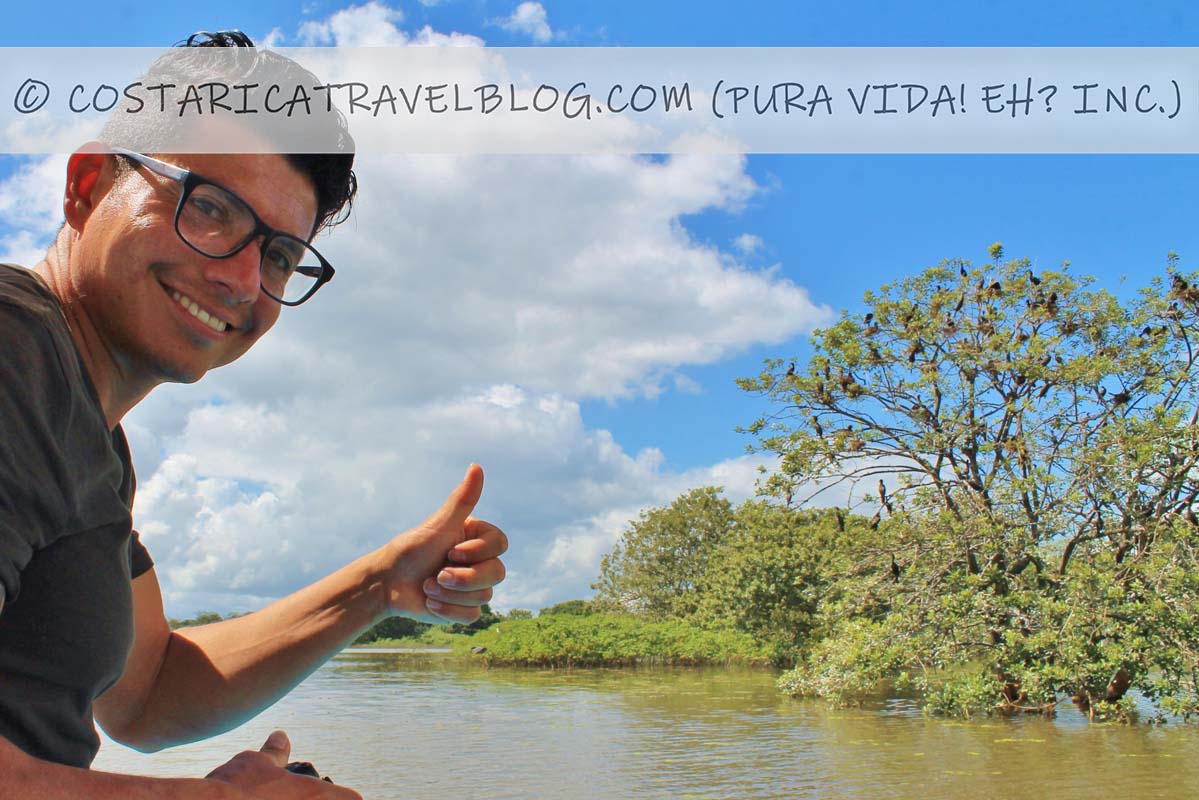
Last updated on July 19th, 2021 at 05:10 pm GMT-6 (Costa Rica time)

Written by Nikki Solano
Nikki is the CEO of Pura Vida! eh? Inc. (Costa Rica Discounts), and the author of the guidebooks Moon Costa Rica (2019, 2021, 2023, and 2025 editions) and Moon Best of Costa Rica (2022 edition) from Moon Travel Guides. Together with her Costa Rican husband, Ricky, she operates the Costa Rica Travel Blog, created the online community DIY Costa Rica, built the Costa Rica Destination Tool, oversees the brand-new (summer 2023) Costa Rica Travel Shop, and designed the Costa Rica Trip Planning 101 E-Course. Also, Nikki wrote the Costa Rica cover feature for Wanderlust Magazine's sustainability-focused Travel Green List issue, showcased Costa Rica destinations and experiences on Rick Steves' Monday Night Travel show and podcast/radio show, and served as the Costa Rica Destination Editor for Essentialist, a luxury travel brand. Want to show your appreciation for her free article below? Thank Nikki here. ❤️️

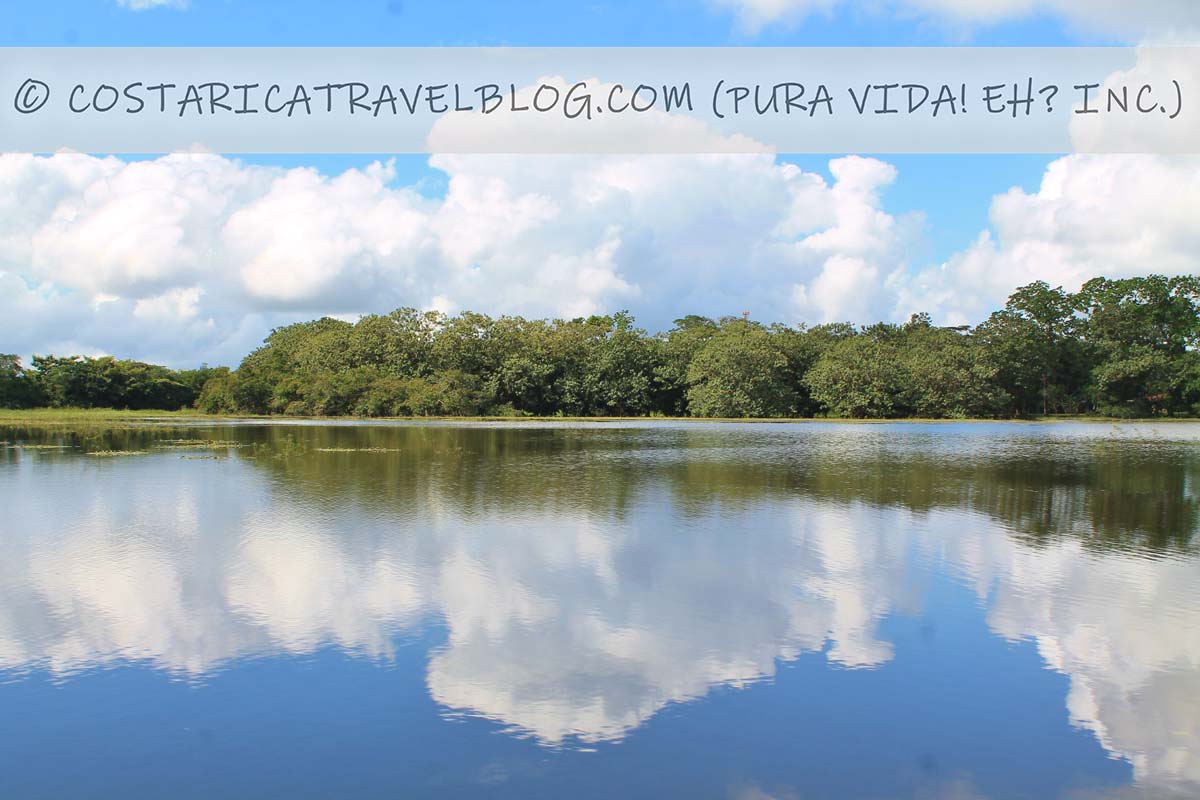

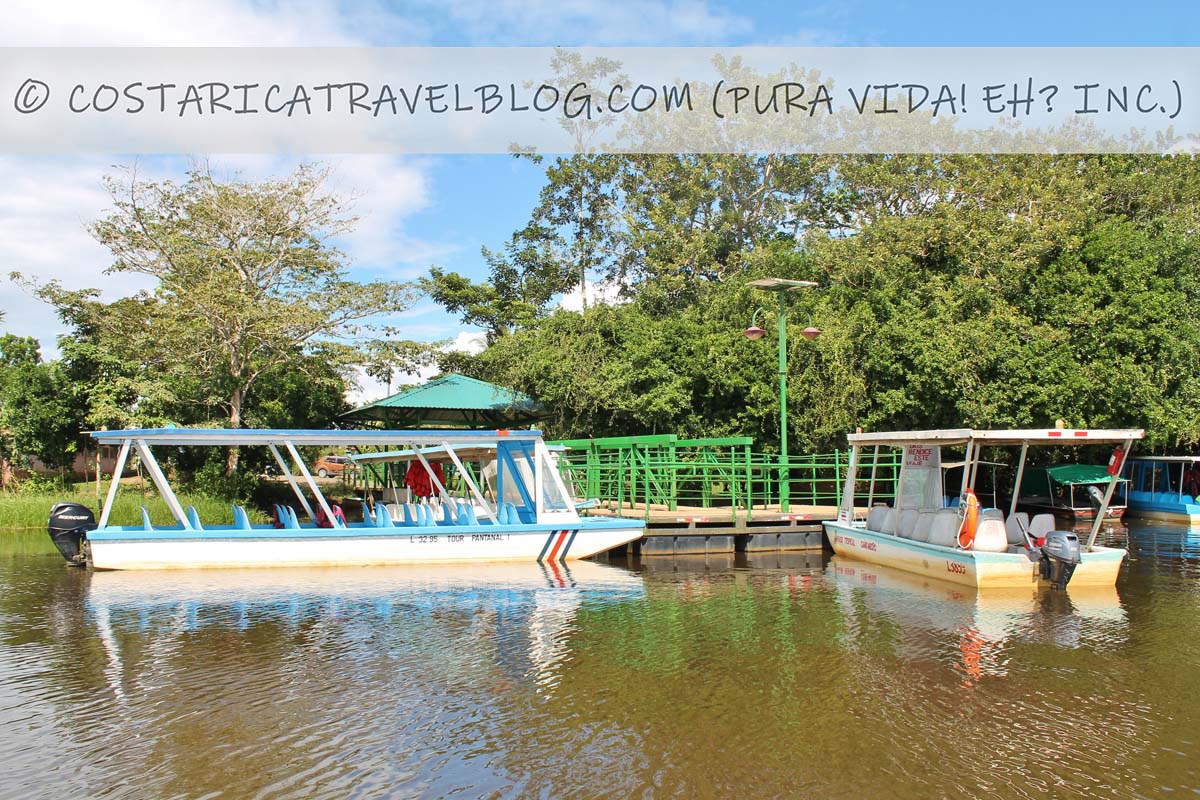
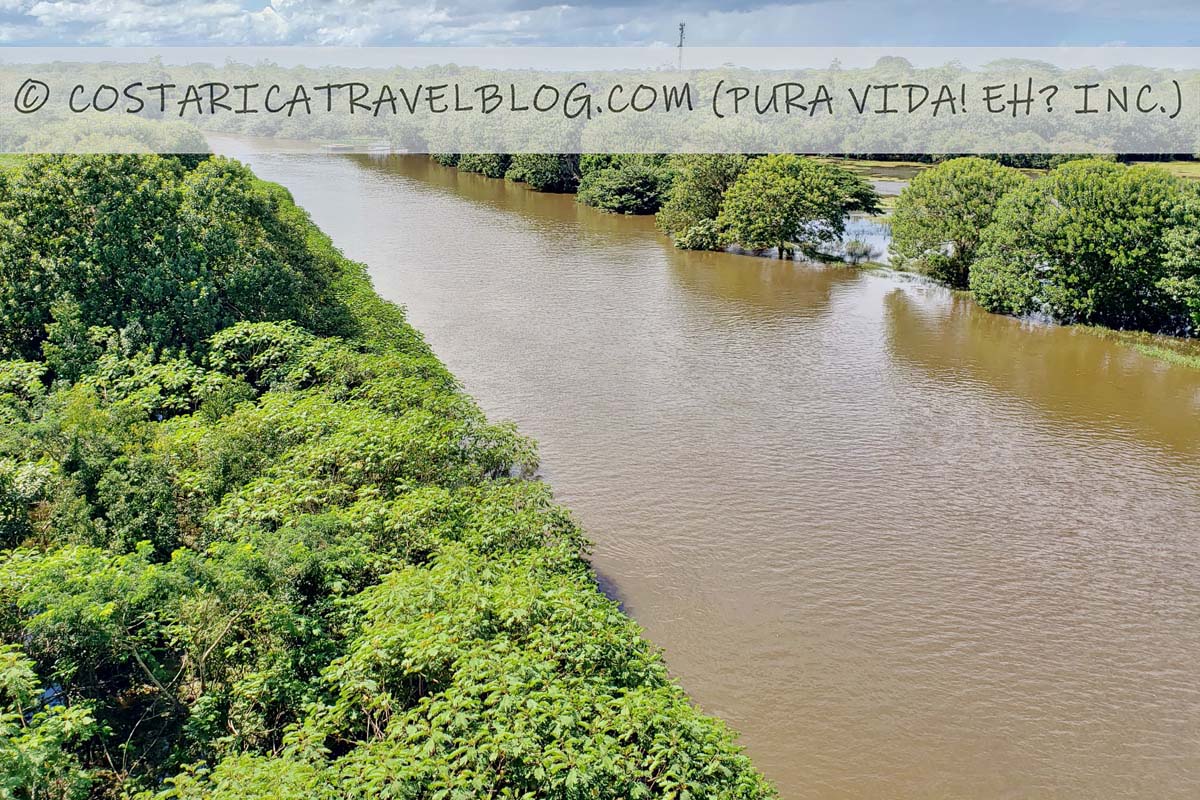
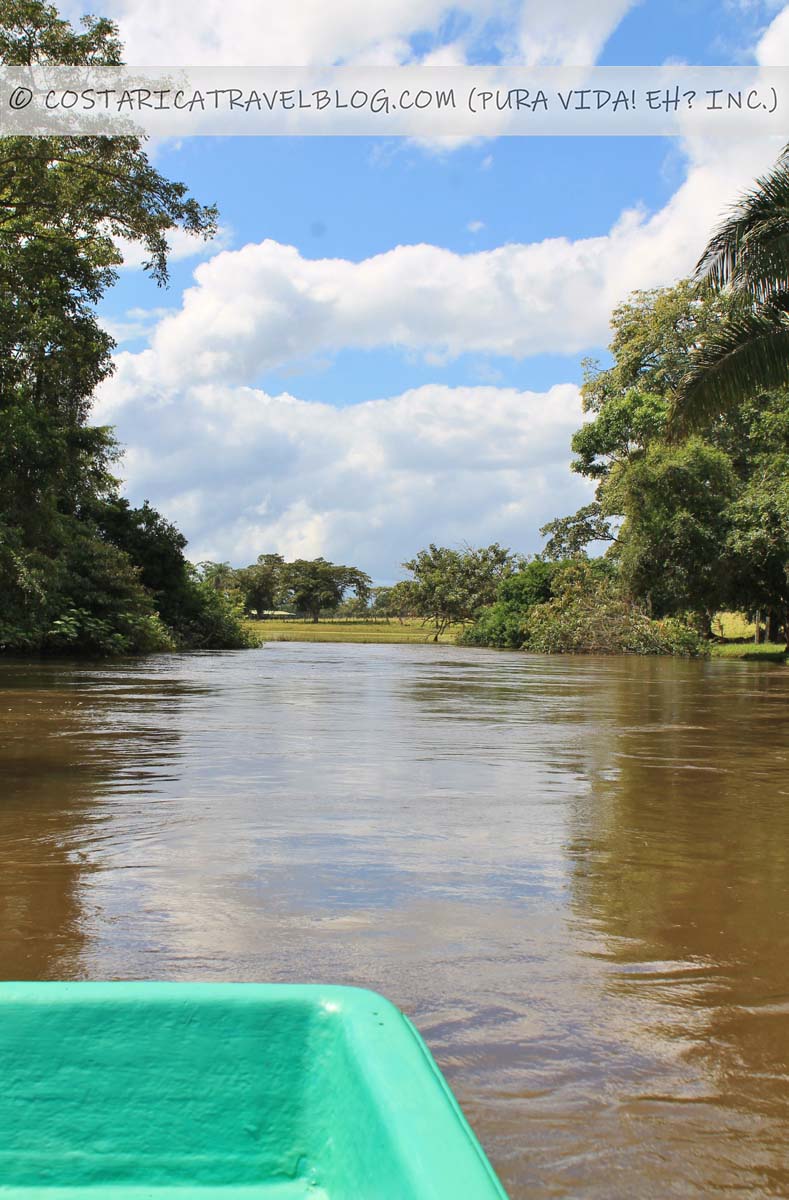

Get the Costa Rica info you need by browsing our article's TABLE OF CONTENTS:
As an avid birdwatcher, fewer places top Ricky’s annual to-do list than the Cano Negro Mixed Wildlife Refuge (more commonly known as the Cano Negro Wildlife Refuge). This calm, quiet, and beautiful refuge comprised of rivers, lagoons, marshes, and swamps forms a haven for resident and migratory birds, not to mention other kinds of wildlife. Thanks to its location in Costa Rica’s north-central region (it nearly touches the border shared with Nicaragua), the Cano Negro Wildlife Refuge is a peaceful place to retreat to away from the thrilling adventures that await further south in and around La Fortuna.
Note that at the core of the Cano Negro Wildlife Refuge is the very small community of Cano Negro. Throughout our article, you’ll see the refuge cited as the Cano Negro Wildlife Refuge and the community cited as Cano Negro.
We absolutely love visiting the Cano Negro Wildlife Refuge. If you’re curious why, see our quick list of reasons below.
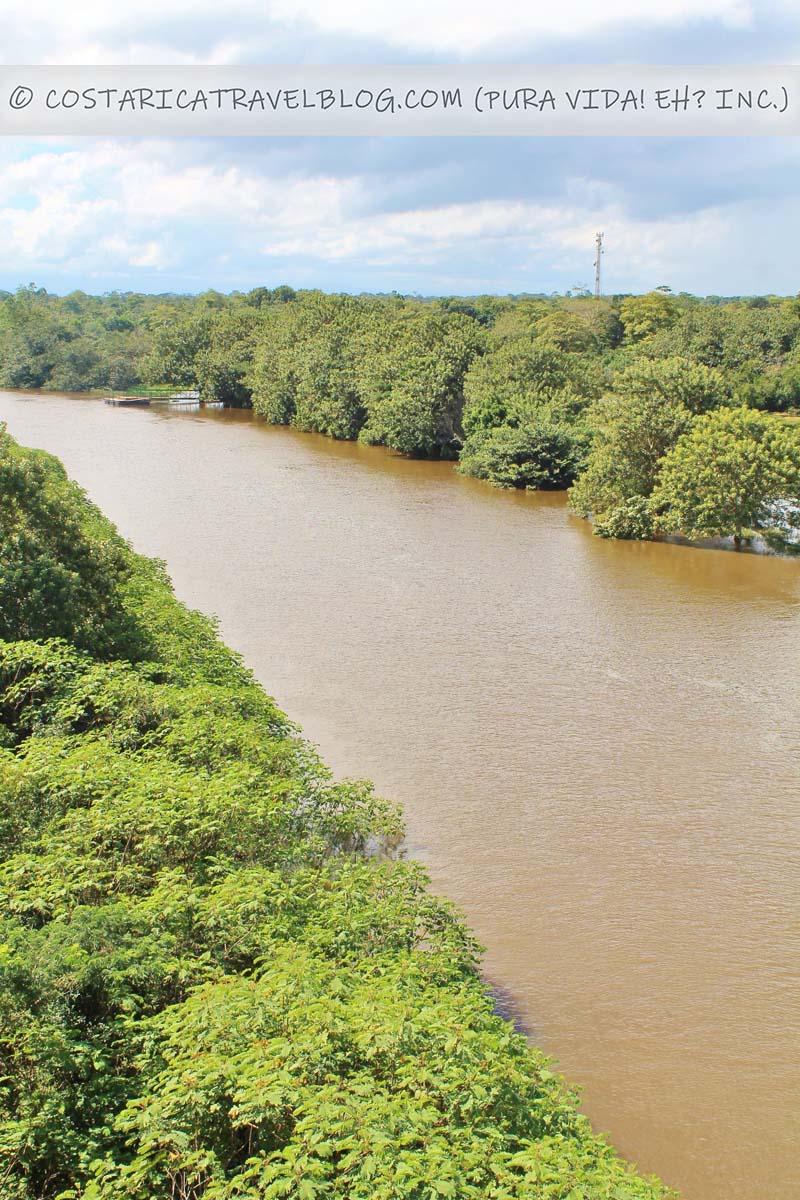
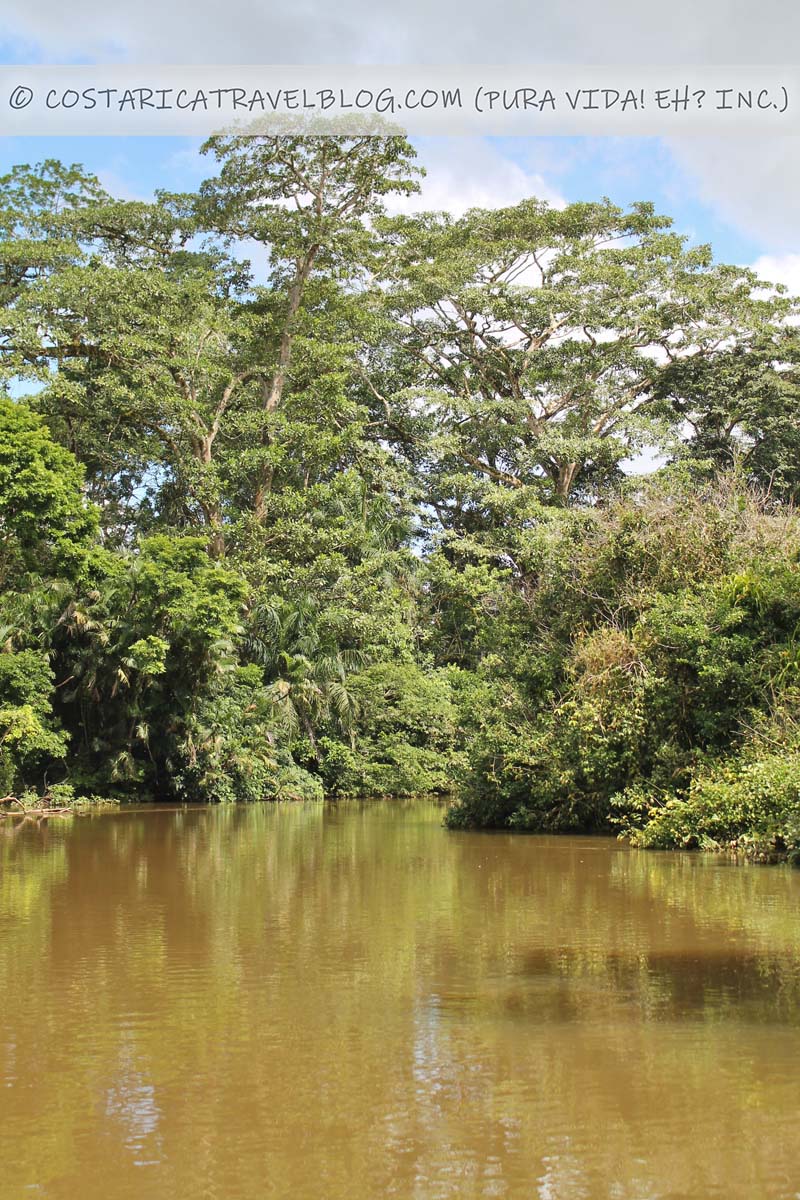

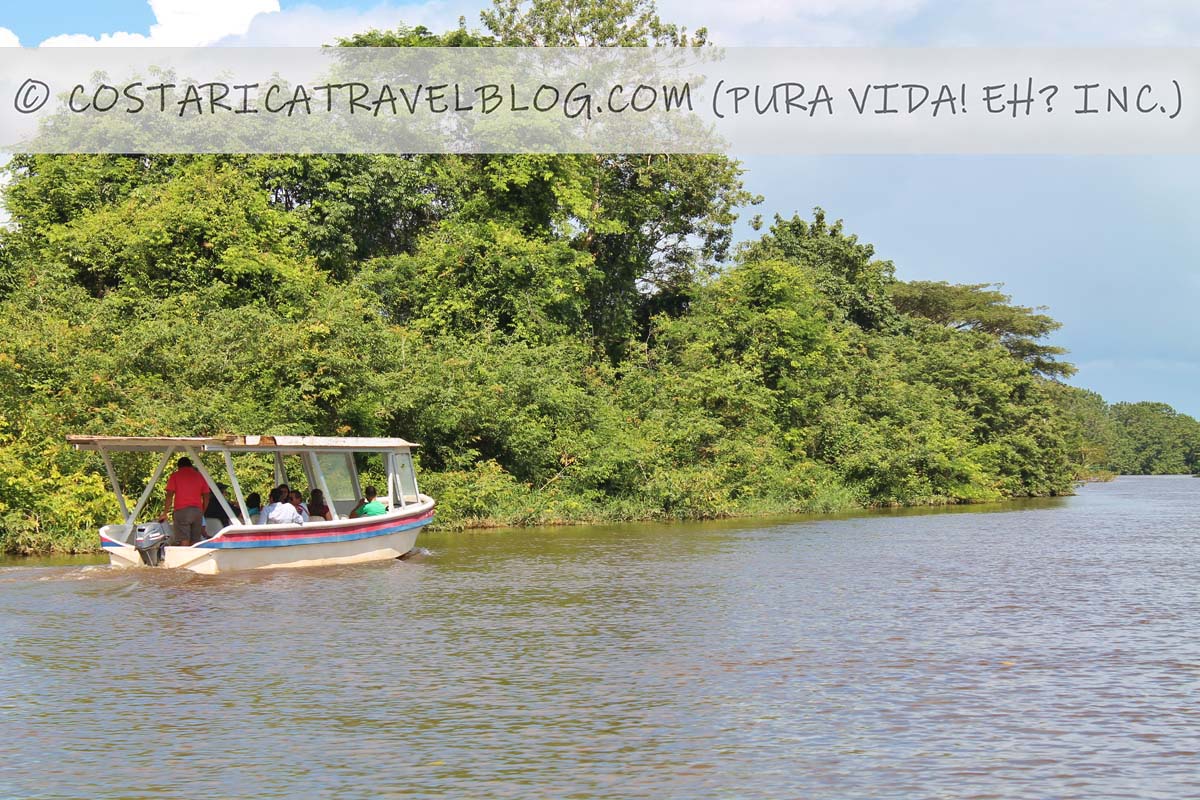
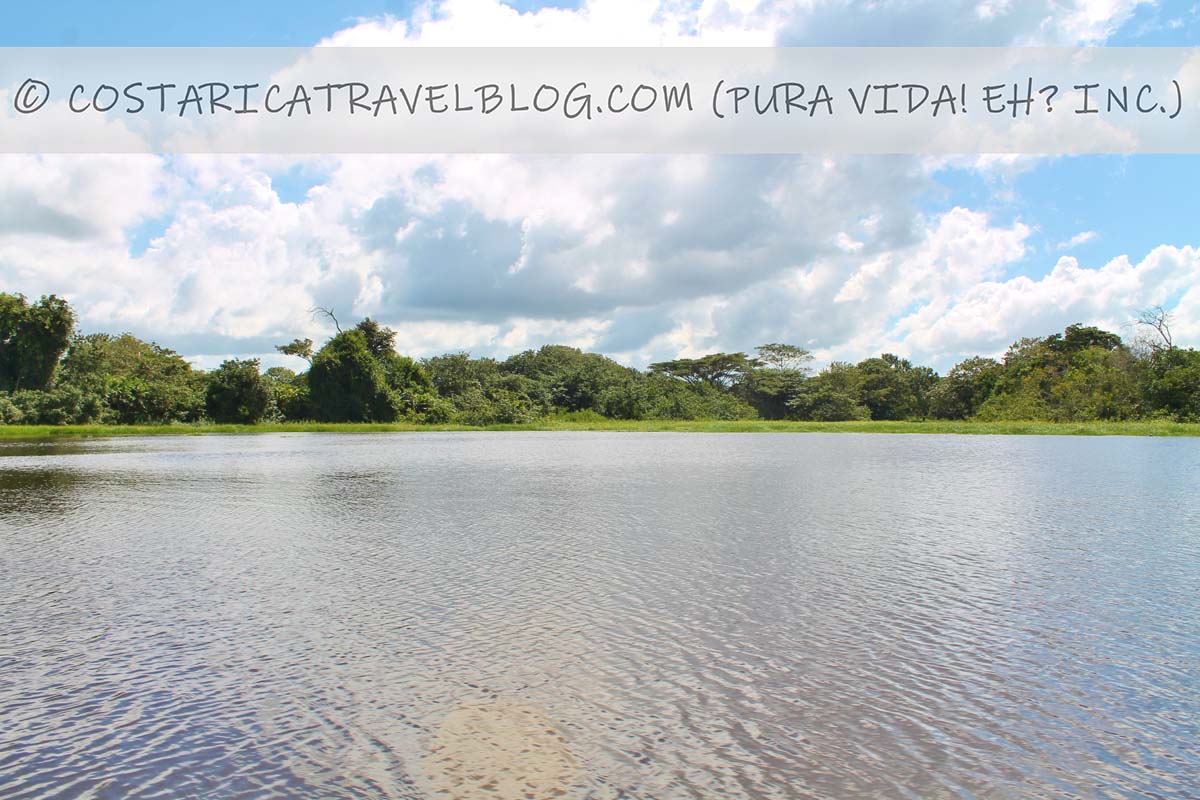
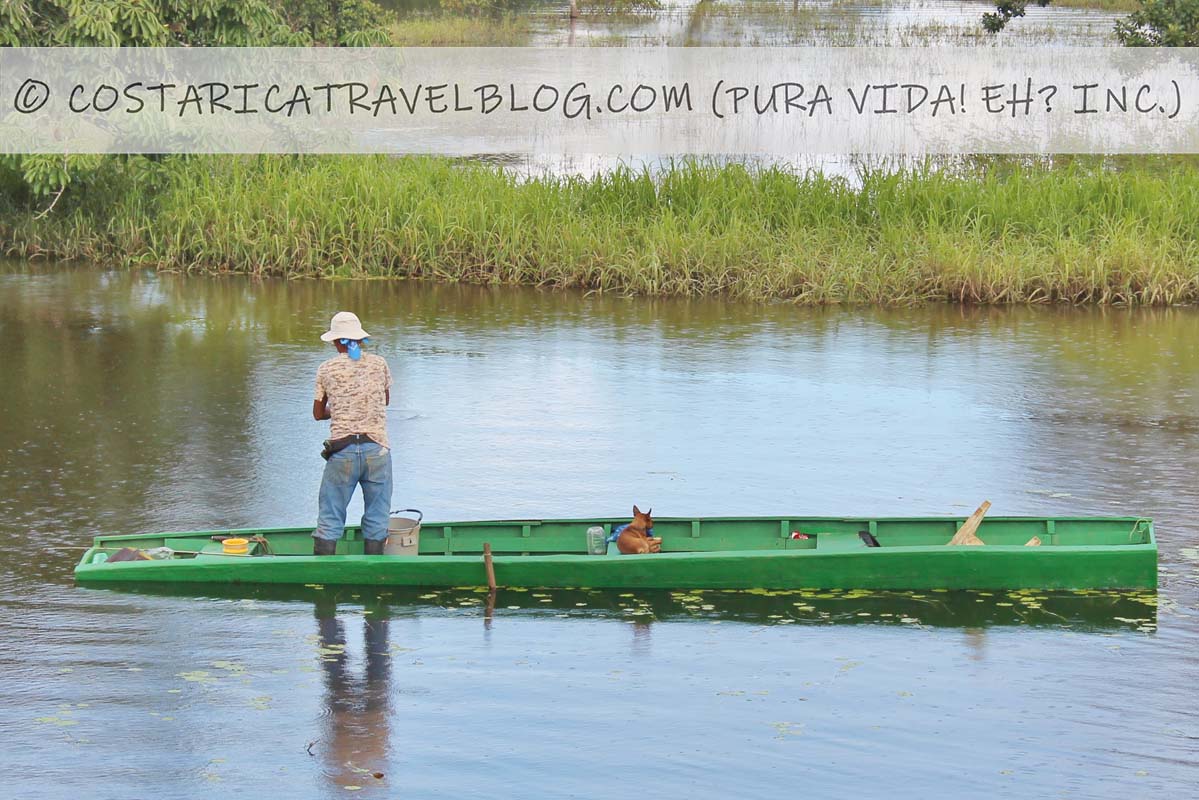
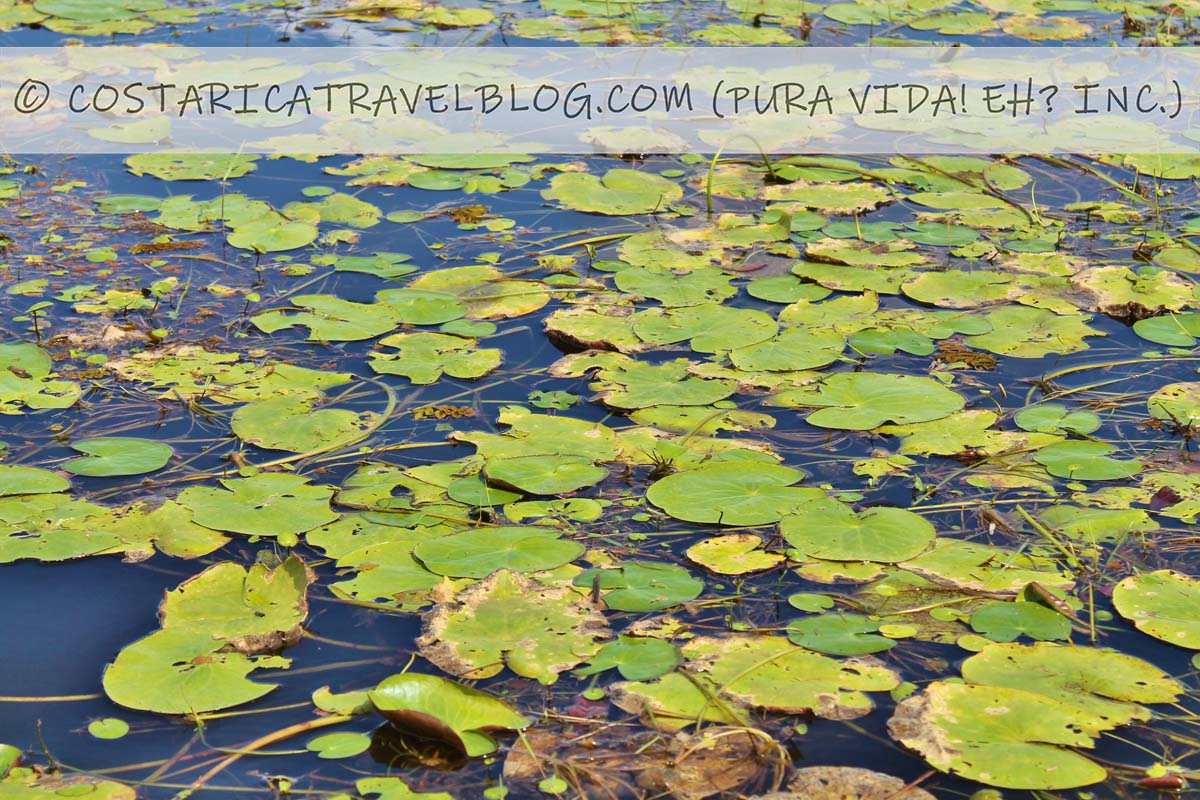
Though sections of the Cano Negro Wildlife Refuge can be explored on foot, the most common way to experience Cano Negro is via a guided boat tour (see the “Ways to experience the Cano Negro Wildlife Refuge” section below for details).
The essence of Cano Negro boat tours is the slow-moving trip you’ll make down the flat Rio Frio (Frio River). During the journey, you’ll float down wide-open sections of the river where the water appears glass-like and mirrors the surrounding landscape. You’ll also pass through narrow canals where brush along the river’s banks comes within arm’s reach. No matter where you float–past pastureland, alongside local fishermen, or through collections of water lilies–all is quiet. If you’re in search of a tranquil place where you can explore Costa Rica’s natural environment in an immersive yet non-evasive way, in the seat of a boat that travels down Rio Frio is where you want to be.
Depending on the time of year you visit the Cano Negro Wildlife Refuge, you may or may not be able to boat on the large, nearly 2,000-acre Cano Negro lagoon, which is considered a complementary add-on experience (if/when available) to boating trips down Rio Frio. Large numbers of birds, especially migratory birds known to visit between January and April, tend to congregate around the lagoon.
During wet months (typically May through December), when the refuge floods with rainwater, the Cano Negro lagoon is accessible by boat. Cano Negro boat tours that include a visit to the Cano Negro lagoon provide an opportunity to float around the open lagoon in search of bird species. We’ve always had great luck seeing ospreys and cormorants flying overhead, in fact, our last boat trip to the Cano Negro lagoon during the wet season delivered us to a tree that houses a colony of hundreds of cormorants. Not only was it incredible to witness a gathering of more than one hundred cormorants all in one place, but it was a treat to hear their collective grunts, which sound like an orchestra of oinking pigs.
During dry months (typically January through April), when the refuge receives little rainfall, the lagoon has little to no water and becomes inaccessible by boat. Captains typically deliver boat tour participants as close as they can to the Cano Negro lagoon. You may also be able to get off the boat and explore the lagoon on foot. Our last visit to the Cano Negro lagoon during the dry season surprised us with a sighting of more than 50 light-pink roseate spoonbills. Our visit during the dry season also allowed us to spot far more caimans around the refuge because water levels were low.
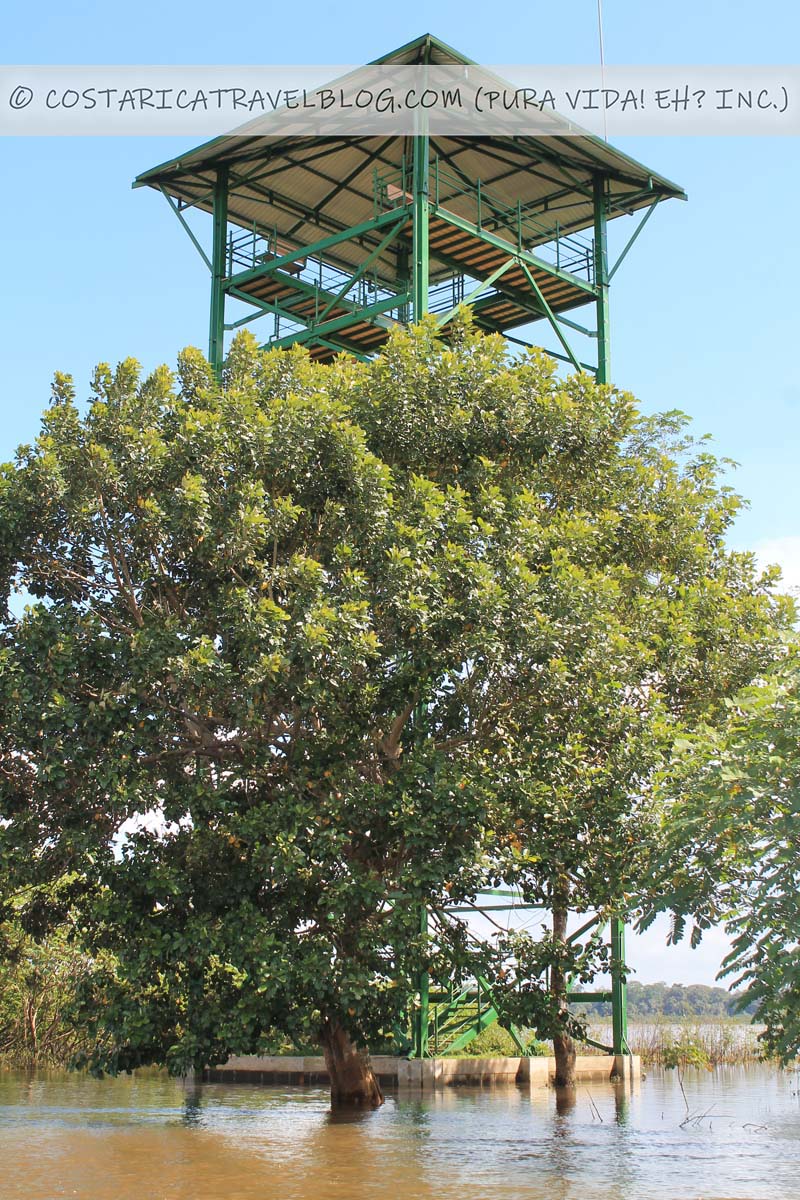
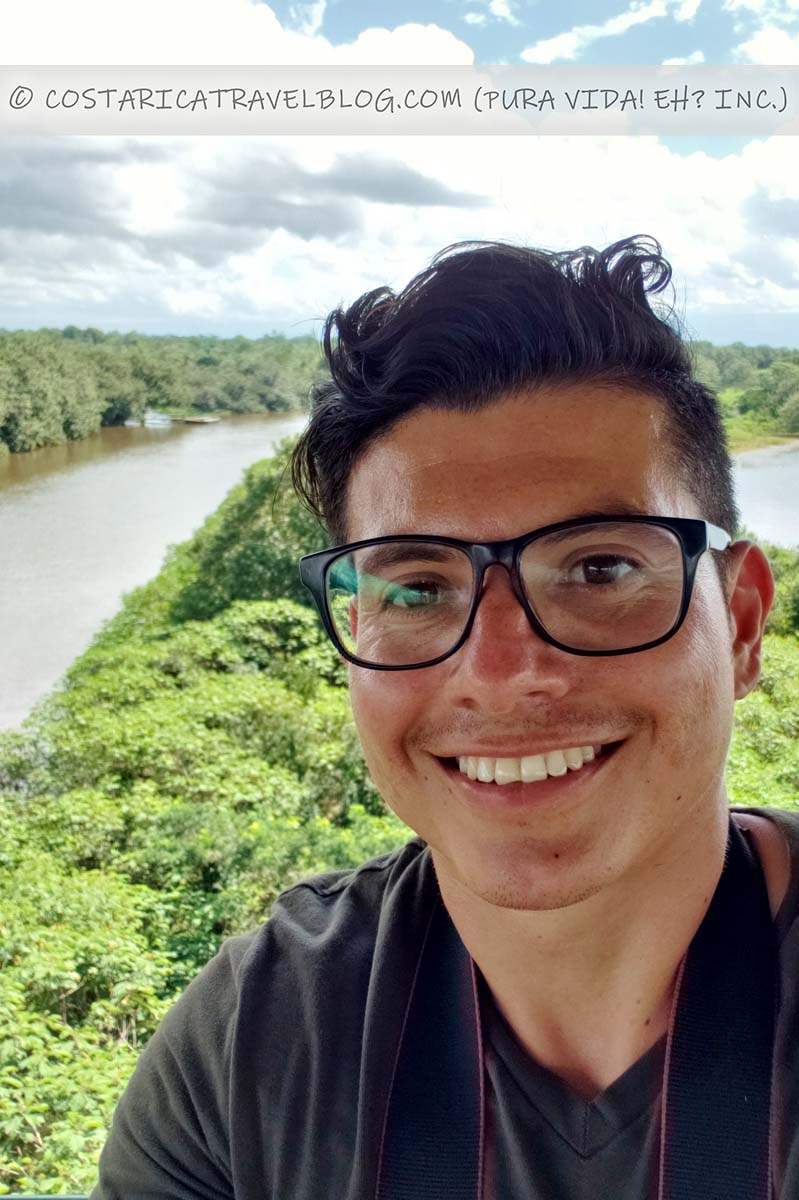
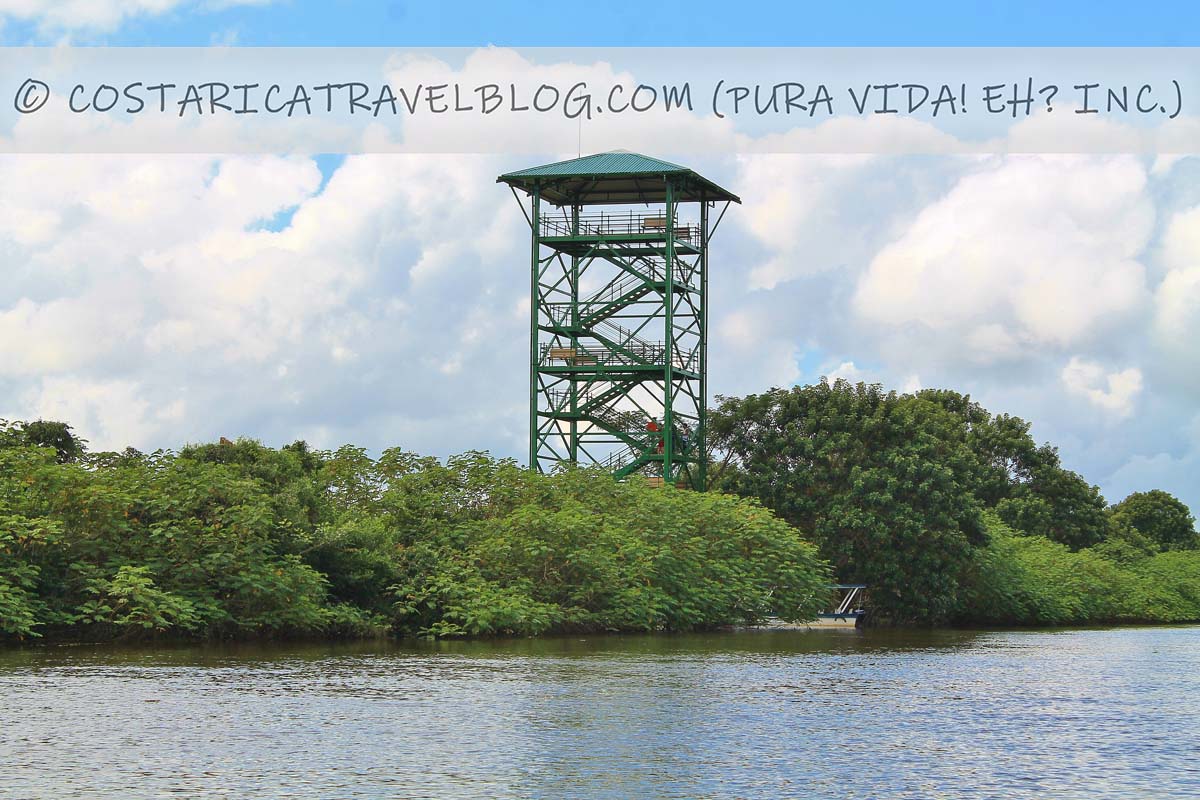
If you’re not scared of heights or sets of steep staircases, you may wish to climb to the top of the 18-meter Cano Negro tower that overlooks the Cano Negro lagoon. This attraction is only accessible by boat when the refuge floods, but when that’s the case, most captains can bring you to the spot during boat tours without problem. Though there isn’t anything to do at the top of the tower other than take in a beautiful view, it’s worth the ascent/descent if you want to see what the 25,000-acre Cano Negro Wildlife Refuge looks like from above.
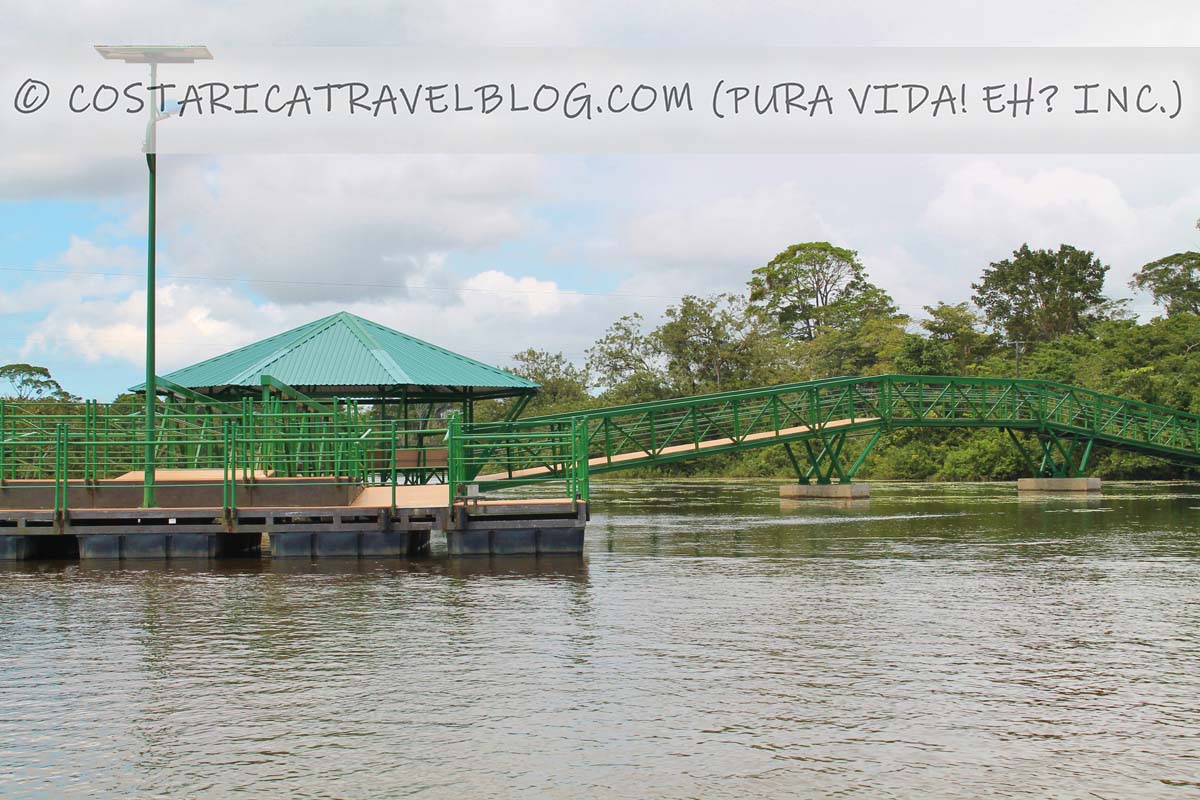
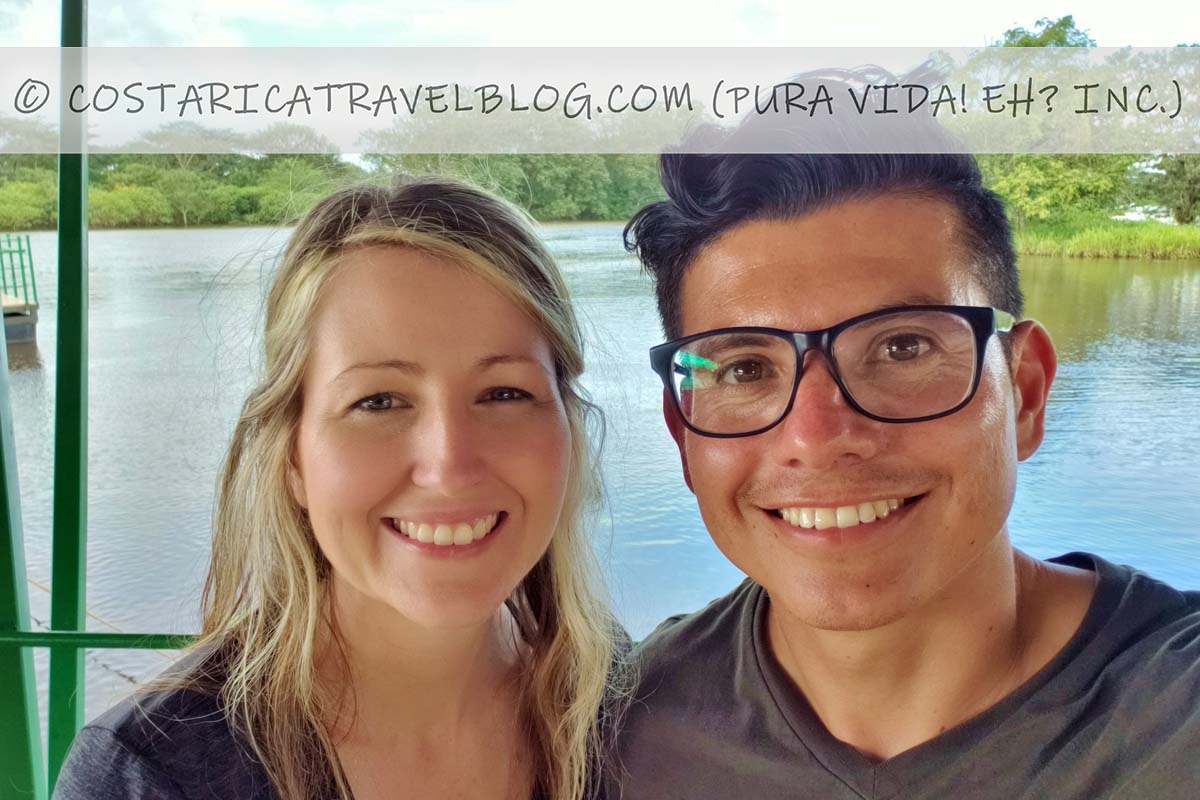
In Cano Negro, at the government-operated site known as El Sitio (see the “Ways to experience the Cano Negro Wildlife Refuge” section below for details), you’ll find a wheelchair-accessible boardwalk that extends out over the water and a lovely, open-air gazebo you’re welcome to rest at. This is a great (and free) place to grab a seat and watch birds fly around the refuge. Note that the boardwalk is arched, so visitors in wheelchairs should be accompanied by individuals who are strong enough to push chairs up slight inclines and prevent chairs from rolling down slight declines.
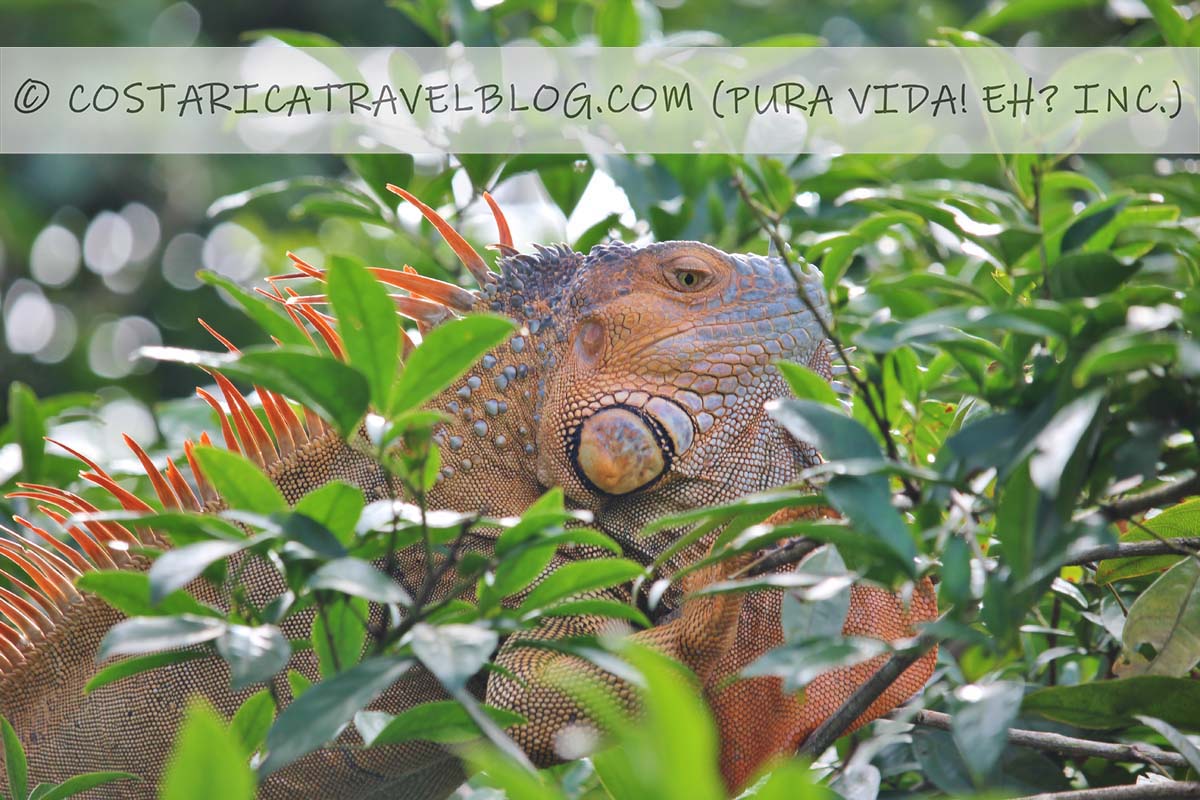
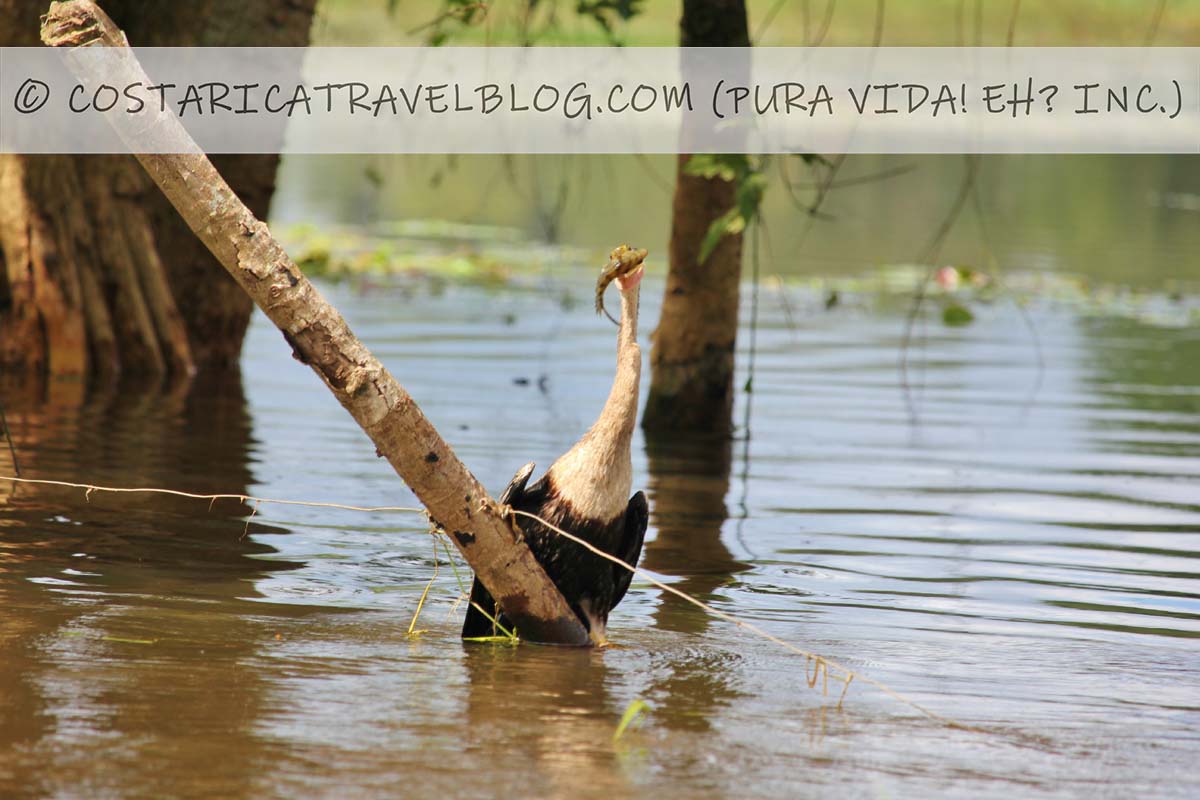
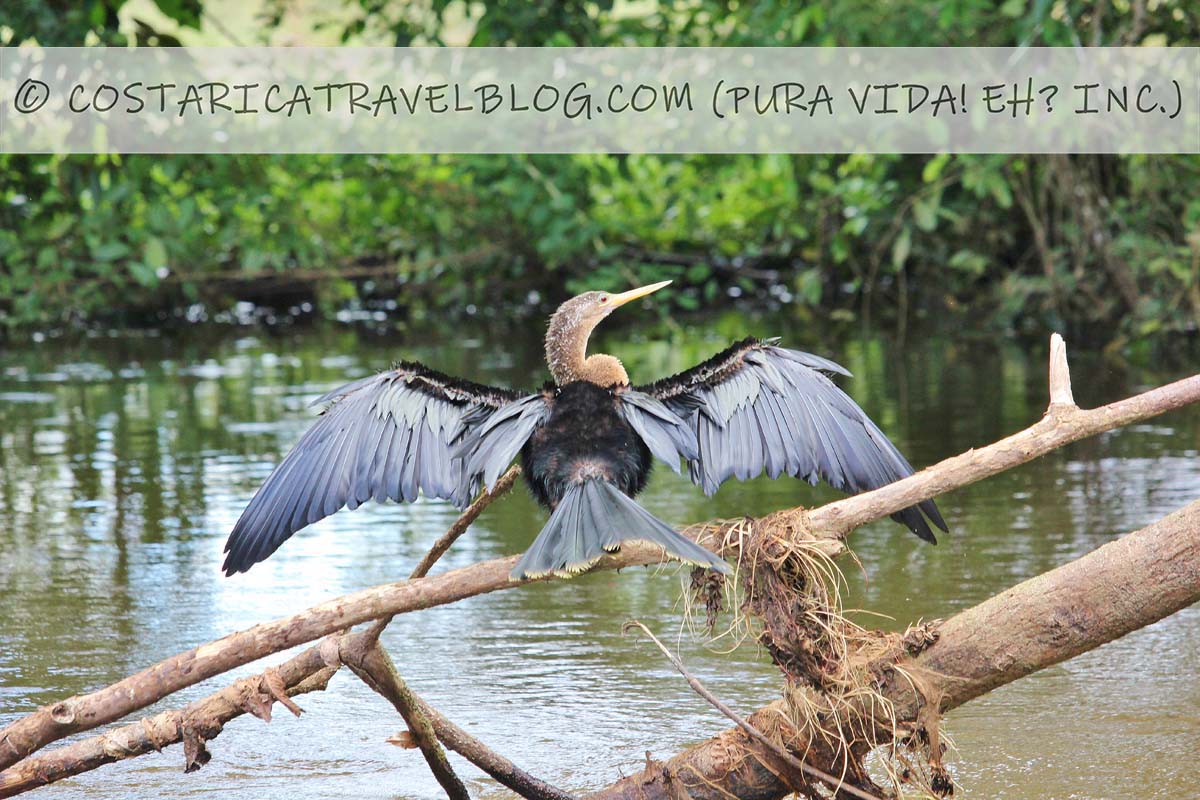

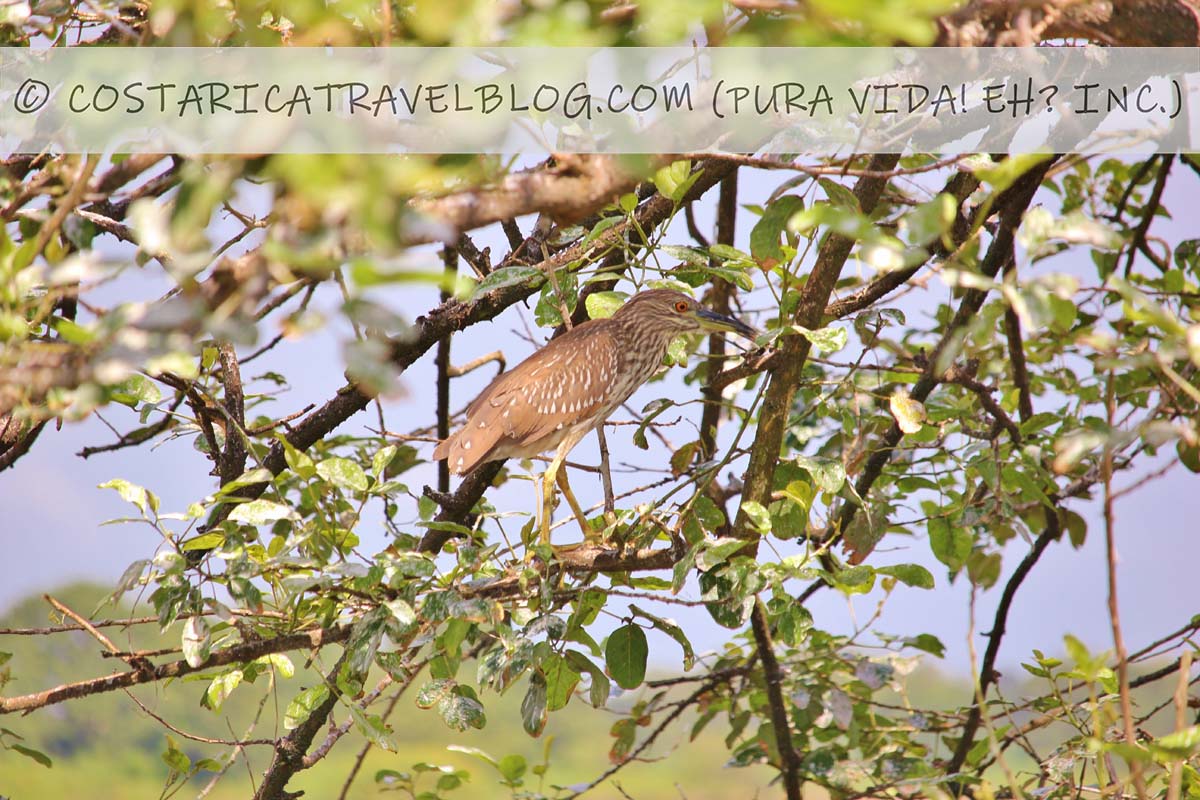


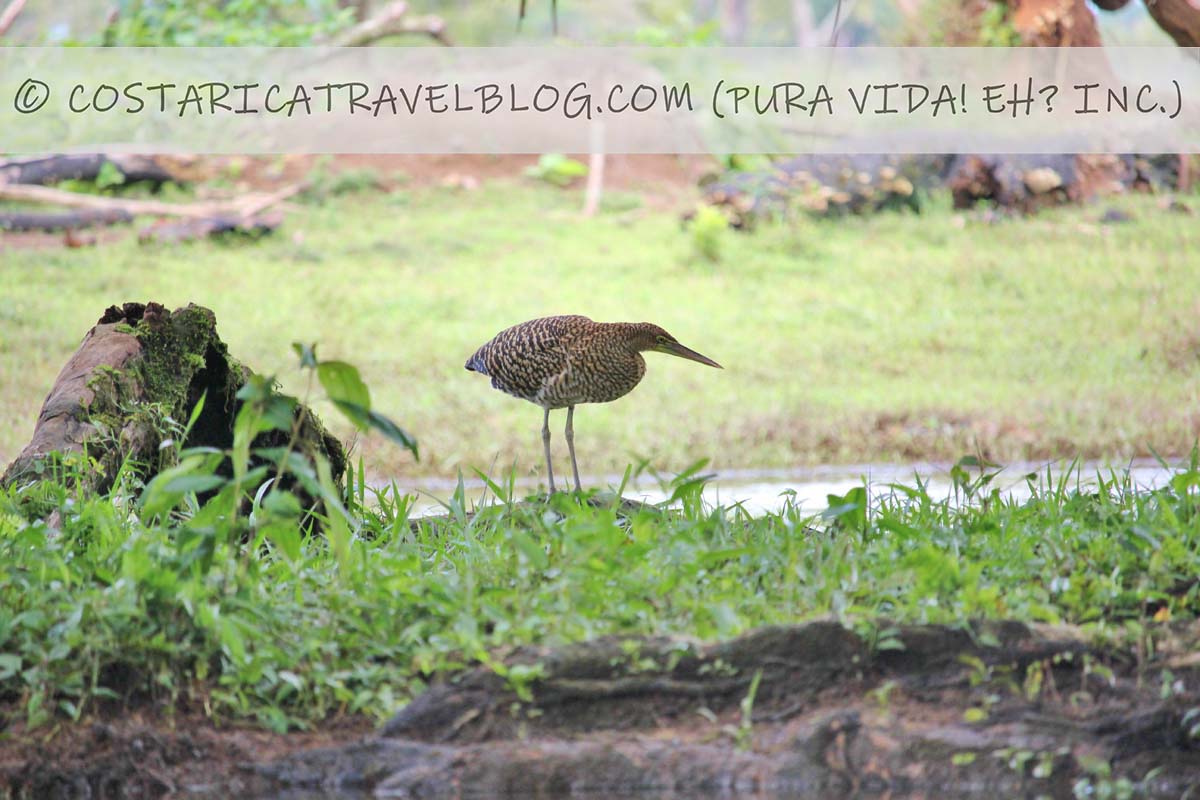

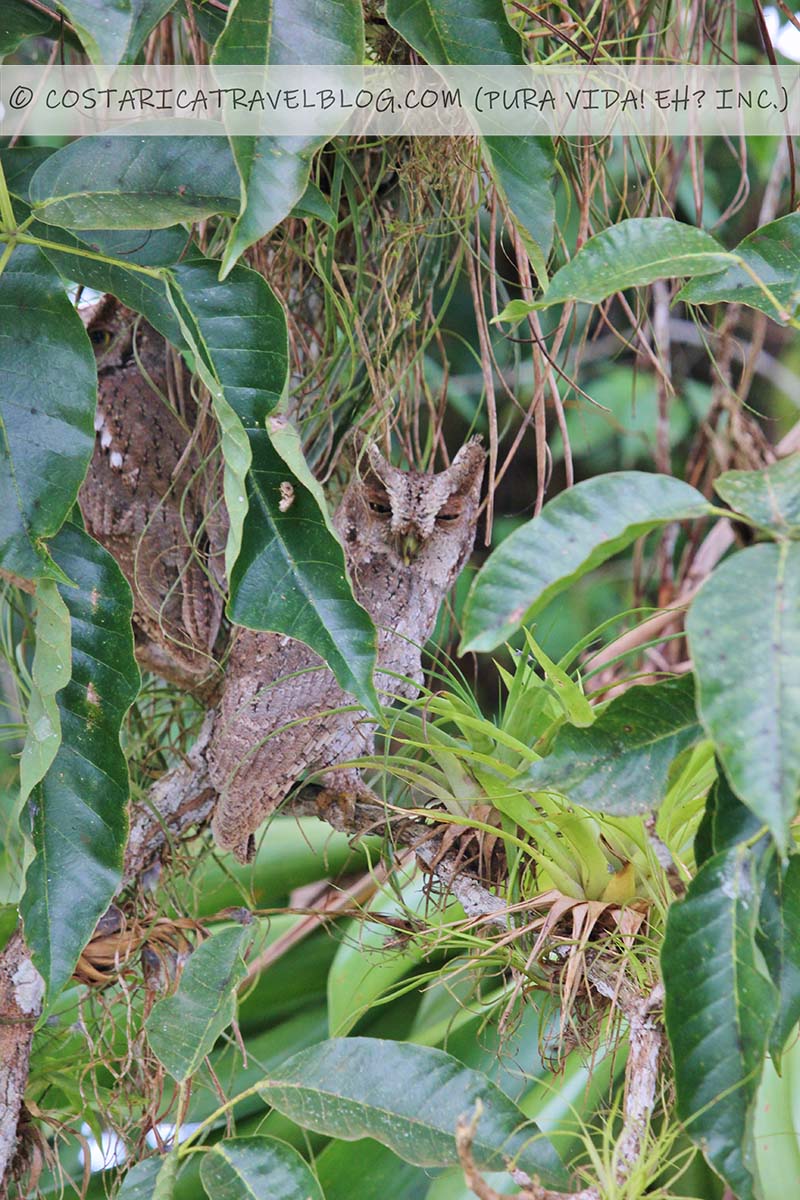
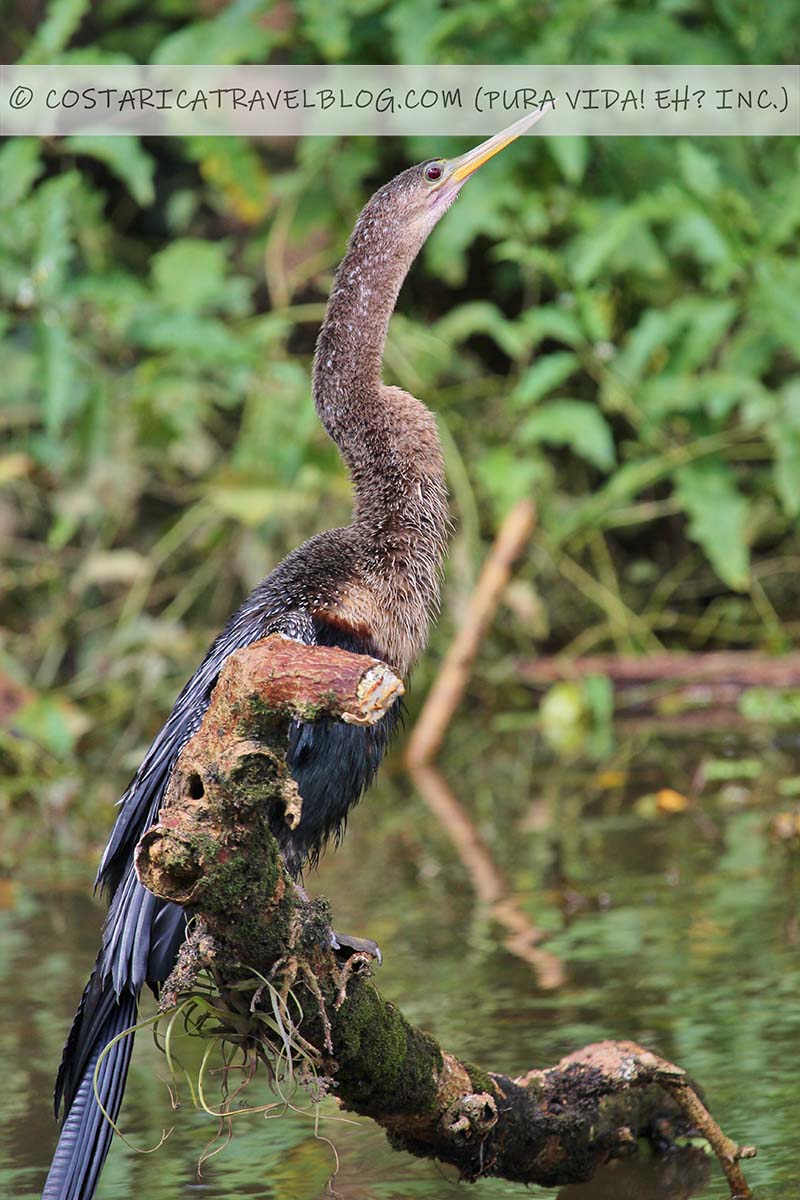
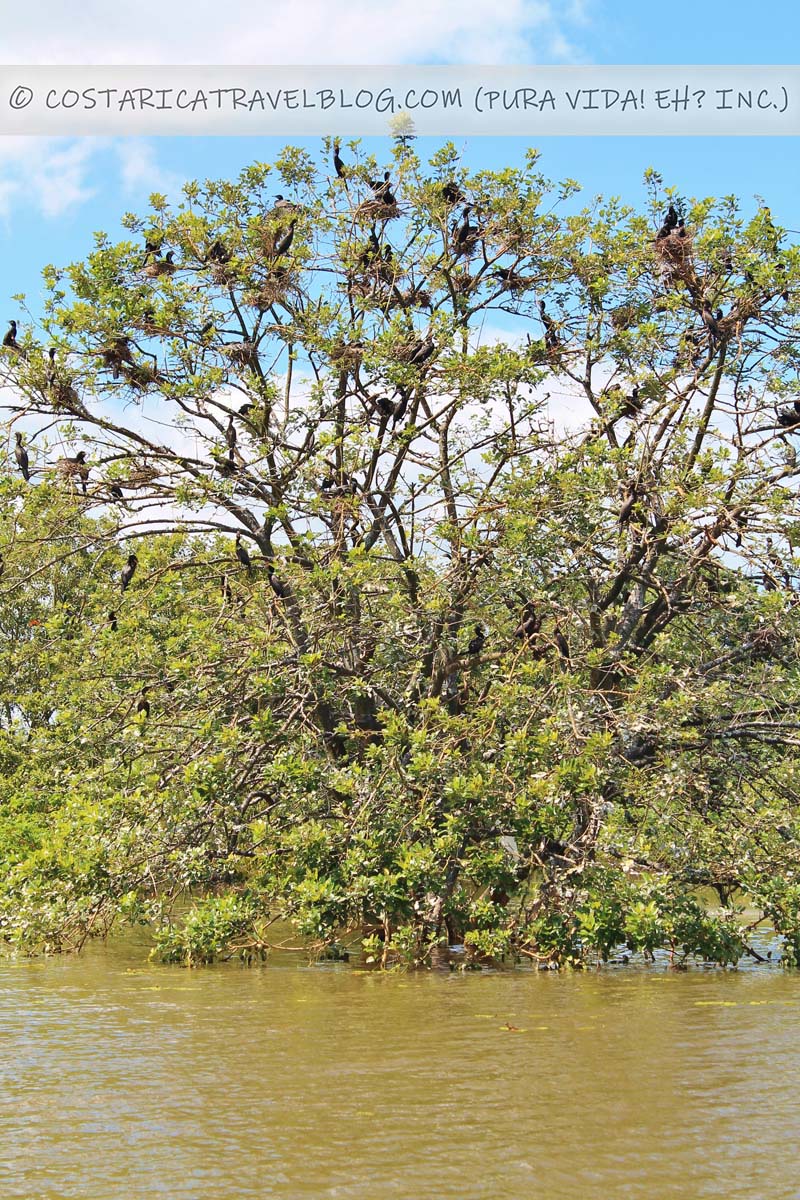

The Cano Negro Wildlife Refuge provides some of the best bird-watching in all of Costa Rica. Not only is spotting birds nearly guaranteed no matter when you visit, but there’s a big enough variety of species to keep seasoned birders entertained.
The list of birds you can see at the Cano Negro Wildlife Refuge is far too long to recite. Instead, here’s a list of bird species that we’ve personally had the pleasure of seeing during our visits:
Wildlife of many other types resides in the Cano Negro Wildlife Refuge but is more difficult to spot than the thousands of social birds that fly around on the regular. During our trips down Rio Frio and visits to the Cano Negro lagoon, we’ve seen:
We’ve also heard the call of howler monkeys from within the refuge.
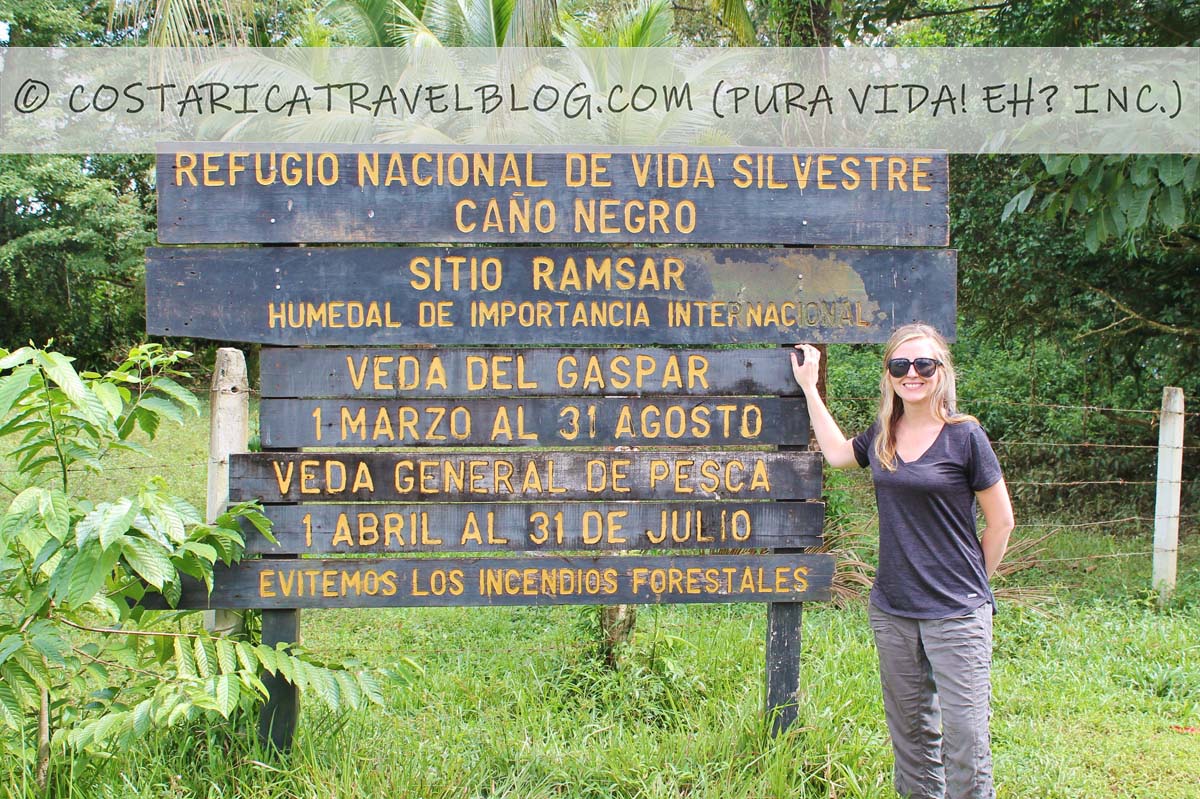
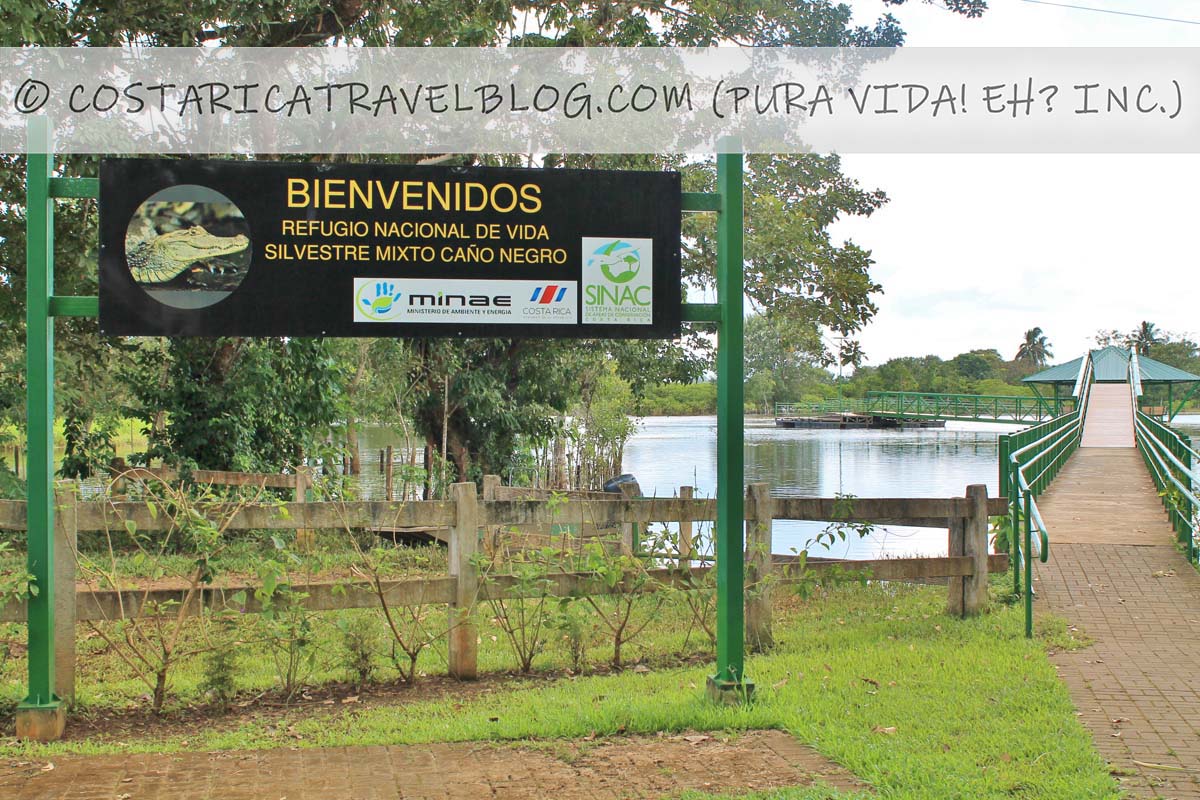
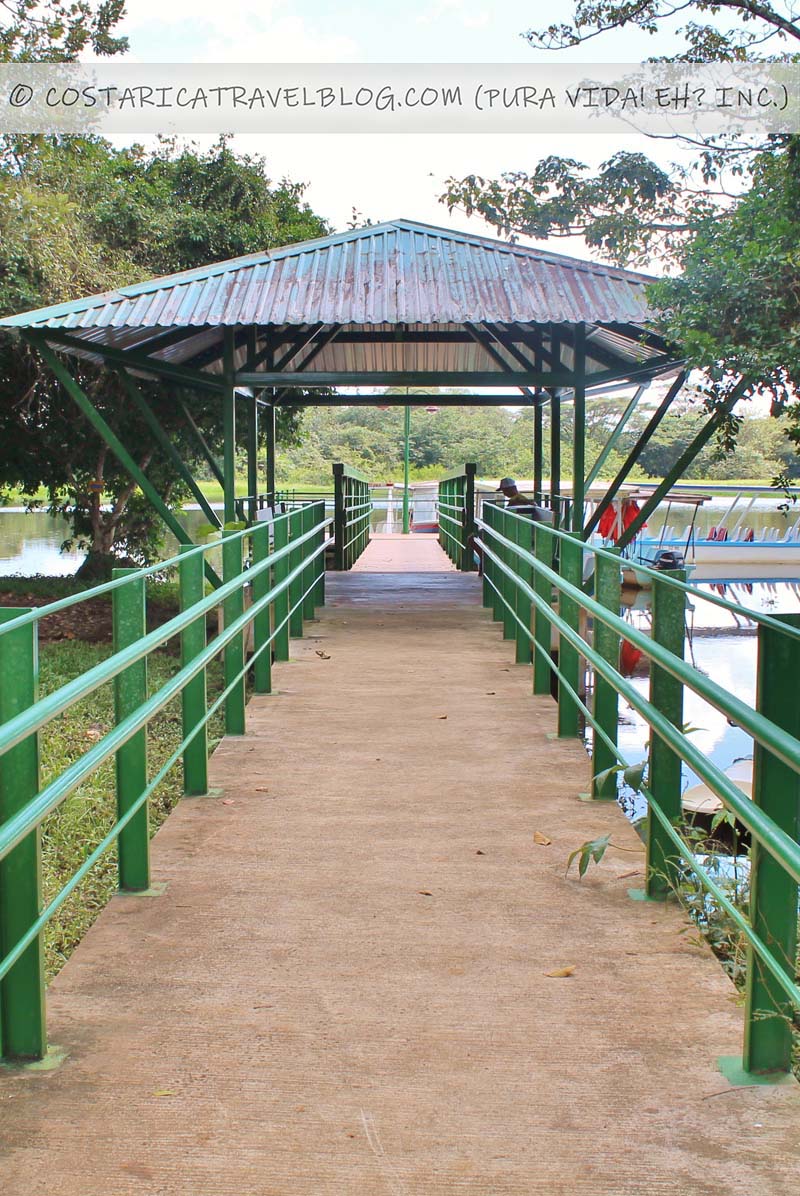
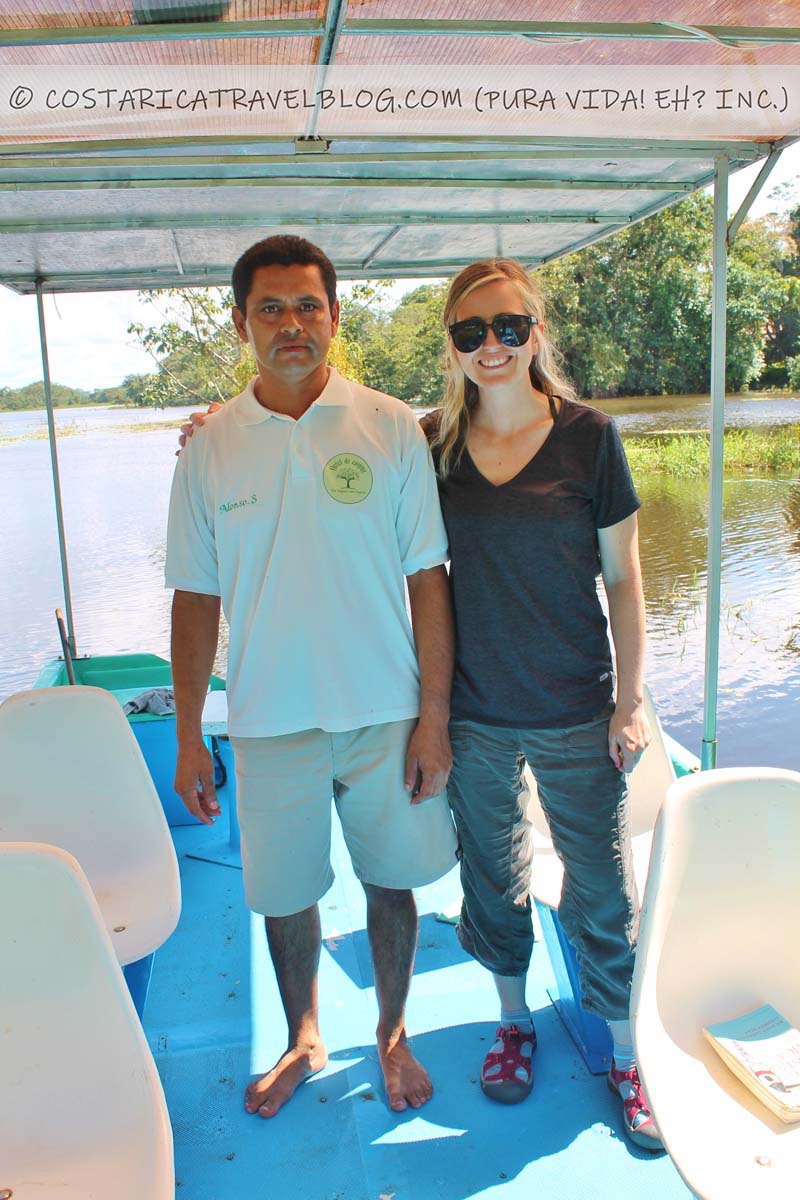

Cano Negro is a laid-back destination, but planning a visit can be rather confusing given that there are several ways you can explore the refuge. To help clear up the confusion, below we outline 5 different ways you can experience the Cano Negro Wildlife Refuge or its surrounding area.
This way of experiencing the Cano Negro Wildlife Refuge assumes you will get yourself to and from the community of Cano Negro via rental car or public bus. Once you arrive at the community of Cano Negro, you can hire a boat captain at the community’s central dock, which sits at the southeast end of the community. Though there are usually several boats and captains waiting at the dock, availability is not guaranteed. Availability is especially tough to come by during the busy high season (mid-December to April), which is nearly identical to the refuge’s optimal bird-watching season (January to April).
If you choose to take a boat tour from the central dock, you can park your rental vehicle at your own risk in the makeshift parking lot you’ll find at the dock. Locals stationed at the lot offer to keep watch over parked cars for tips.
This way of experiencing the Cano Negro Wildlife Refuge also assumes you will get yourself to and from the community of Cano Negro via rental car or public bus. Once you arrive at the community of Cano Negro, you can hire a boat captain at the MINAE (Ministerio de Ambiente y Energía) office known as El Sitio, which sits at the southwest end of the community. There are typically less boats and captains waiting at El Sitio than at the central dock. Also, here too, availability is not guaranteed, especially between mid-December and April.
If you choose to take a boat tour from El Sitio, you can park your rental vehicle at your own risk in MINAE’s free parking lot. The lot is sometimes, but not always, patrolled by a security guard.
When we plan to drive ourselves to and from Cano Negro (or take the bus), our preferred way of experiencing the Cano Negro Wildlife Refuge is to prearrange a boat tour through a tour operator or hotel that’s based in or around the community of Cano Negro. With this option, availability can be guaranteed in advance. Several of the tour operators and hotels that are based in or around the community of Cano Negro staff their own captains and have private docks where their boat tours depart. This saves you from needing to track down an available boat and captain at either the central dock or El Sitio in the community of Cano Negro. This option may also help keep your rental vehicle safe as some tour operators and/or hotels provide boat tour participants with private parking.
As a heads up: During the dry season, when some parts of the refuge are without water, tour operators and/or hotels that normally run boat tours from private docks may need to use docks in other areas around Cano Negro where water levels are deep.
If you’re the do-it-yourself type, you’ll be disappointed to learn that it isn’t possible to tour the Cano Negro Wildlife Refuge on your own by boat (you’ll need to hire a captain to steer you around). A way you can provide yourself with at least some freedom to explore is to rent a kayak or canoe. A few hotels in and around the community of Cano Negro have this equipment to rent or to provide to hotel guests. If you’re wanting to explore Cano Negro on your own terms, consider spending a night or two in or around the community so you have ample time to explore the refuge at your own pace. Note that Cano Negro has only a few (modest) accommodations, there’s no bank or ATM in the vicinity, and there’s little to do apart from exploring the refuge, so plan to stay overnight in the area only if you’re comfortable with these conditions.
When we’re up in Costa Rica’s north-central region, particularly in the La Fortuna/Arenal area, and we wish to spend some time at the Cano Negro Wildlife Refuge, we like the option to reserve a Cano Negro boat tour through a tour operator or hotel that’s based outside of the community of Cano Negro.
This option is the most popular way to experience Cano Negro. It’s especially convenient for travelers stationed in or around La Fortuna who want to make a trip out to the Cano Negro Wildlife Refuge and back in one day.
With this option, availability can be guaranteed in advance, plus transportation to and from the refuge and the tour operator’s home destination (La Fortuna, for example) is provided. Simply reserve a Cano Negro boat tour through your preferred tour operator (several tour operators based in La Fortuna run Cano Negro boat tours), get picked up at your hotel on the morning of your chosen tour date, and enjoy the day tour experience. Included in the cost of most Cano Negro boat tours of this kind is transportation to and from the refuge, a tour guide, the boat rental, the captain rental, and usually a snack if not a full lunch (or both). Some tour operators provide the option to explore the Cano Negro Wildlife Refuge in an inflatable raft or a canoe, in addition to standard exploration via boat.
It’s important to note that not all Cano Negro boat tours that depart from outside the community of Cano Negro explore the Cano Negro Wildlife Refuge‘s core. Instead, some Cano Negro boat tours that depart from outside the community of Cano Negro explore a section of Rio Frio that flows north of the community. If you’re wondering why this matters, and specifically, what difference it makes to tour the refuge’s center versus the refuge’s outskirts, continue reading below.
The most controversial question that keeps popping up within Cano Negro Wildlife Refuge discourse is this: Should boat tours that run on a section of Rio Frio that flows north of the community of Cano Negro be considered Cano Negro boat tours? Rather than answering this question with a blatant “yes” or “no” response, let’s look at what you’ll get with either experience.
| What to expect from a Cano Negro boat tour that tours a section of Rio Frio that nears the community of Cano Negro (i.e., from within the refuge’s core): | What to expect from a Cano Negro boat tour that tours a section of Rio Frio north of the community of Cano Negro (i.e., on the outskirts of the refuge): |
|---|---|
| Tours depart from public or private docks in or near the community of Cano Negro | Tours depart from private docks along Rio Frio, typically north of the community of Cano Negro |
| Tours provide a leisurely and scenic float down Rio Frio | Tours provide a leisurely and scenic float down Rio Frio |
| Tours provide bird-watching and wildlife-spotting opportunities | Tours provide bird-watching and wildlife-spotting opportunities |
| Extra bird-watching opportunities (especially during the migratory season, between January and April) are provided as tours include a visit to the Cano Negro lagoon | Tours typically do not visit the Cano Negro lagoon |
| Depending on the season, tours may include a visit to the Cano Negro tower | Tours typically do not visit the Cano Negro tower |
| Travel to/from the tour’s start/end location is slightly longer as tours depart in or near the community of Cano Negro | Travel to/from the tour’s start/end location is slightly shorter as tours depart on the outskirts of Cano Negro |
Overall, what you want to get out of your Cano Negro Wildlife Refuge experience speaks volumes. If you’re merely looking to participate in a relaxing river trip that presents some of the ecosystems, birds, and other wildlife that are present in Costa Rica’s north-central region, then it likely won’t matter to you which section of Rio Frio you tour. Actually, you may prefer to go with a Cano Negro boat tour that doesn’t travel as far into the refuge as the community of Cano Negro, especially if you have no specific interest in visiting the community, the lagoon, or the tower.
On the other hand, if seeing the community of Cano Negro, visiting the lagoon, and/or climbing the tower interest you, you’ll need to make sure you sign-up for a boat tour that specifically explores the core of the refuge. The best way to know if the boat tour you’re eyeing does that or not is to ask the boat tour’s operator outright. You can also ask the tour operator whether their boat tour experience departs from within Cano Negro proper, or whether it includes visits to the lagoon or tower. “Yes” answers to these questions are signs that the tour takes place in the heart of the refuge.
Details regarding Cano Negro boat tours vary across tour types and tour operators. In addition, tour costs can fluctuate between the high season and the low season (click here for more information about Costa Rica’s high and low seasons). Some tour details, including the duration and course of the tour, can be negotiated with boat captains. The information provided below should be viewed as an approximate guide, not an exclusive list.
| Cano Negro boat tour duration (tour taken to/from the community of Cano Negro) | Approximately 2-3 hours (self-drive time to/from Cano Negro not included) |
| Cano Negro boat tour duration (tour taken to/from La Fortuna) | Approximately 7.5 hours (2-3 hours for the tour; 1 hour for lunch, assuming it’s included; and 4 hours–2 hours each way–for transportation to/from La Fortuna and the refuge) |
| Cano Negro boat tour course (tour taken to/from the community of Cano Negro) | Typically a section of Rio Frio that flows around the community of Cano Negro and provides access to the lagoon and tower |
| Cano Negro boat tour course (tour taken to/from La Fortuna) | Typically a section of Rio Frio that flows north of the community of Cano Negro |
| Cano Negro boat tour cost (tour taken to/from the community of Cano Negro) | Anywhere from $40-50 per adult to group rates from $65-100 for 1-5 people (transportation and meals not typically included) |
| English-speaking guide cost (when applicable) for Cano Negro boat tours taken to/from the community of Cano Negro | Approximately $20 per adult |
| Cano Negro boat tour cost (tour taken to/from La Fortuna, including round-trip transportation) | Approximately $55-70 per adult (an English-speaking tour guide and lunch are typically provided) discount available here |
| Cano Negro raft tour cost (tour taken to/from La Fortuna, including round-trip transportation) | Approximately $85-115 per adult (an English-speaking tour guide and lunch are typically provided) discount available here |
| Cano Negro canoe tour cost (tour taken to/from La Fortuna, including round-trip transportation) | Approximately $85-115 per adult (an English-speaking tour guide and lunch are typically provided) discount available here |
Ricky and I are big fans of the Cano Negro Wildlife Refuge. That being said, we’ve also worked with enough travelers to know that the attraction isn’t for everyone.
Truly, you need to love flora, fauna (especially birds), and nature overall to really appreciate what the Cano Negro area has to offer. You don’t need to be a botanist, an ecologist, an ornithologist, or a scientist of any kind to enjoy your visit, but you should be the type of person who sees nature exploration as an adventure. If you’d prefer to couple nature exploration with fun, physical activity, like white-water rafting, zip-lining, and canyoning tours commonly do, you’d be better off skipping the Cano Negro area and spending more time elsewhere in the country. Alternatively, if the idea of seeing a rare bird species is thrilling enough for you, don’t forget to add a visit to the Cano Negro Wildlife Refuge to your trip itinerary.
It’s also worth mentioning that visits to the Cano Negro Wildlife Refuge are nearly effortless experiences. They require little physical exertion, which makes them great for seniors; travelers with limited mobility, strength, or endurance; and families with young children.
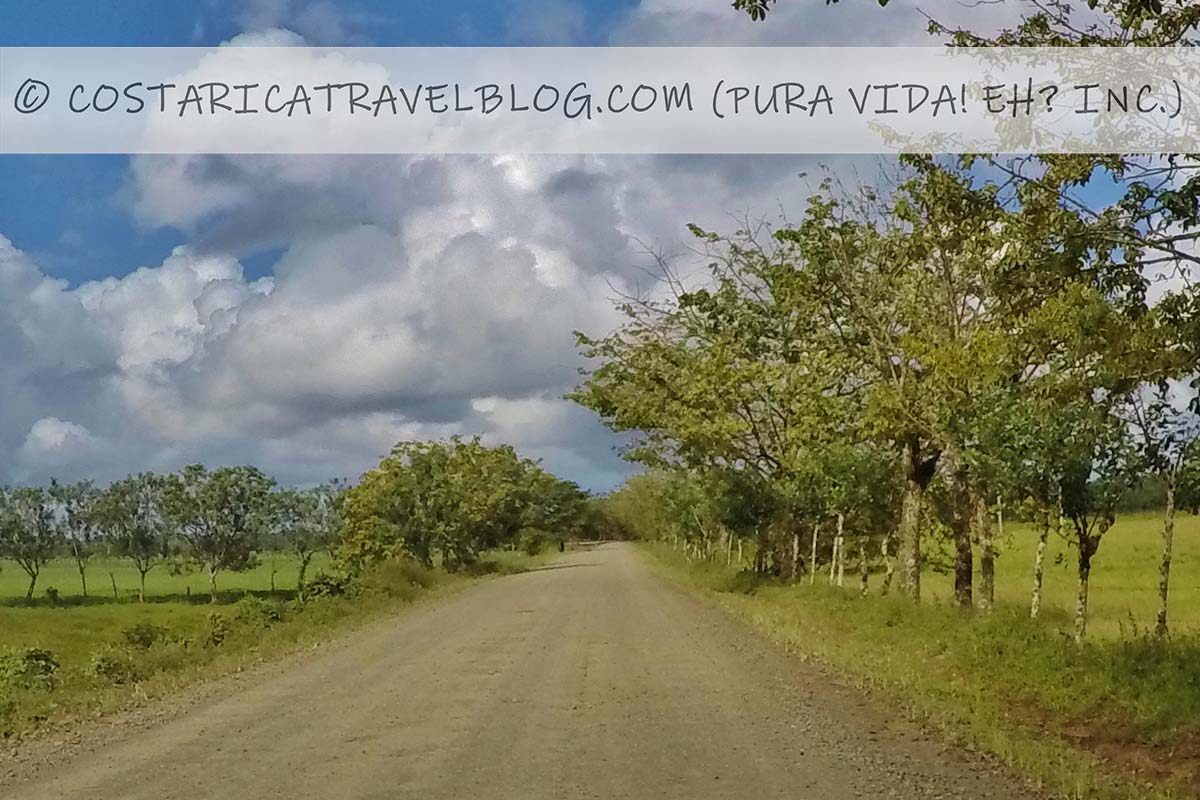

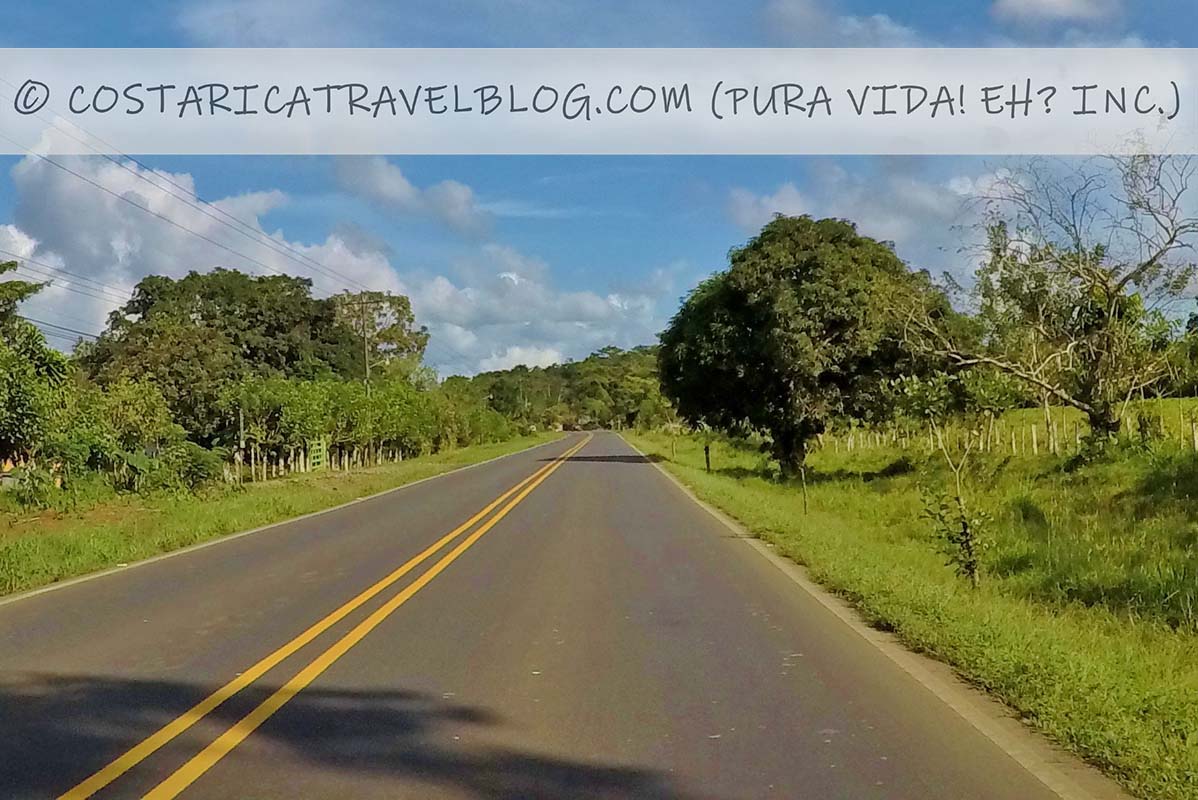
There are two ways to reach the community of Cano Negro by car: the route via Los Chiles (Highway #35), which approaches Cano Negro from the northeast, and the route via Guatuso / Upala (Highway #4), which approaches Cano Negro from the southwest. Both routes eventually lead to opposite ends of Road 138, which provides direct access to Cano Negro. The community of Cano Negro sits about halfway along Road 138 from either Highway #35 or Highway #4.
Regardless of which route you take to get to Cano Negro, you’ll need to drive part of the way on Road 138. Road 138 is a non-mountainous (but curvy in places), pressed-gravel road that isn’t difficult to drive provided you don’t speed. Watch out for potholes (especially during the wet season; May to December), be prepared to drive through a cloud of dust when you’re passed by another vehicle, and drive slowly to avoid damaging the body of your rental car with loose rocks and pebbles that are easily kicked up by car tires.
Despite the name, you won’t actually see the town of Los Chiles if you take this route. That’s because you’ll reach the turnoff to Cano Negro before you reach Los Chiles.
This route is ideal if you’re driving to Cano Negro from La Fortuna or San Jose. It involves driving nearly the full length of Costa Rica’s paved Highway #35 which connects Muelle to Los Chiles in the country’s north-central region. Approximately 7 kilometers south of Los Chiles (roughly 65 kilometers north of Muelle), you’ll encounter Road 138, which is marked with a sign for Cano Negro. If you turn left at the sign and follow Road 138 for approximately 20 kilometers, you’ll find the community of Cano Negro.
From La Fortuna via Los Chiles, the approximate one-way drive time to Cano Negro is 2 hours. From downtown San Jose via Los Chiles, the approximate one-way drive time to Cano Negro is 4 hours.
This route is ideal if you’re driving to Cano Negro from La Fortuna or Bijagua. It involves driving Costa Rica’s paved Highway #3 which connects Muelle to the town of Upala (via the town of Guatuso) in the country’s north-central region. Approximately 12 kilometers south of Upala (roughly 27 kilometers north of Guatuso), you’ll encounter Road 138, which is marked with a sign for Cano Negro. If you turn at the sign (turn left if traveling from Upala; turn right if traveling from Guatuso) and follow Road 138 for approximately 25 kilometers, you’ll find the community of Cano Negro.
From La Fortuna or Bijagua via Guatuso, the approximate one-way drive time to Cano Negro is 2 hours.
Whenever we drive to Cano Negro (usually via La Fortuna), we prefer to take the route via Los Chiles to get to Cano Negro. Then, when it’s time to leave Cano Negro, we take the route via Guatuso back to La Fortuna.
Since the route via Los Chiles is the straightest route and requires the least number of stops, we take it on the way to Cano Negro to best avoid potential delays. After we’re done at Cano Negro, we take the route via Guatuso as it provides a nice change in scenery. The easy, downhill route through Guatuso (when driven from Cano Negro to La Fortuna) is particularly scenic in the afternoon when the sun begins to set over the region’s plains and a distant, conical Arenal Volcano.
Click on a photo in the gallery below for discount and tour information.
QUESTION TO COMMENT ON: Have you been to the Cano Negro Wildlife Refuge? What did you enjoy most about your visit?
Pura vida!

Hey, Costa Rica Travel Blog reader, thank you for visiting and reading our blog! We're truly grateful for your time and preference.
Do you know that your spam-free reading experience is most important to us? Unlike some other Costa Rica blogs, we do not to sell your personal information, and we choose not to display ads, sponsored content, or affiliate marketing on our blog so we can keep your visit as distraction- and junk-free as possible. Because we prioritize your privacy, we don't earn money when you visit us, when you sign up for our e-course, or when you click on our links, which means the time and work we put into this blog—including its 300+ articles—is entirely voluntary! If you find our content valuable, and you'd like to thank us for making the trip-planning process easier and your Costa Rica vacation more enjoyable, please consider making a small donation ($1, $2, $3, or an amount of your choosing) to our blog. Doing so is a great way to pat us on the back if you feel we deserve it. 😊 Pura vida, amigos!
Click on the button above to donate through PayPal. (If you cannot see the PayPal button above, click here.) A PayPal account is not required to make a donation; credit and debit cards are also accepted. PayPal donations are confidential; we never see your payment details.
Love our blog? Check out our other Costa Rica-related projects, too:

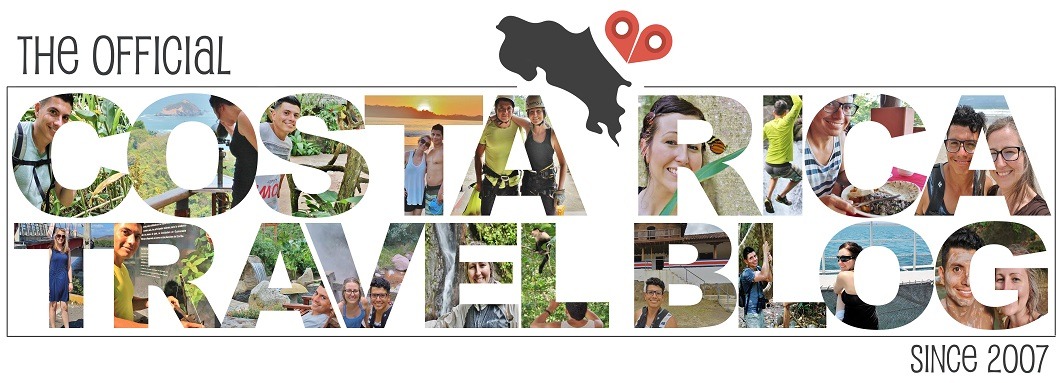

✓ We choose not to display ads, sponsored content, or affiliate marketing on our blog. Because we prioritize your privacy, we don't earn money when you visit us, when you sign up for our e-course, or when you click on our links, which means the time and work we put into this blog is entirely voluntary.
✓ Ricky is a born-and-raised Costa Rican and Nikki (married to Ricky) has explored Costa Rica since the mid-2000s.
✓ We've operated our Costa Rica-based business, Pura Vida! eh? Inc., for 16 years (and counting!).
✓ Our Costa Rica guidebooks are published by the prestigious Moon Travel Guides brand.
✓ We only ever write about experiences we know firsthand, and we never stuff our blog with general information about Costa Rica that is widely available elsewhere.
✓ We never copy or plagiarize other writers' content. How we wish other writers would show us the same respect!
✓ Unless stated otherwise, every photo displayed on our blog was taken by us, and with our own two hands. (Unlike some other bloggers, who rely on drones to travel and conduct research for them, we actually visit and explore the places we write about.)👍🏽
✓ We're active in promoting Costa Rica around the world. We've written about Costa Rica for Wanderlust Magazine (UK), presented Costa Rica on Rick Steves' Monday Night Travel Show and podcast/radio show (US), and served as a Costa Rica Destination Editor for Essentialist (Spain).
✓ Our work is backed by hundreds of positive reviews and testimonials (read some here)
✓ We are not overly active on social media. Instead of fixating on our own popularity, we spend the majority of our time exploring and researching Costa Rica, updating our various Costa Rica resources, and working with travelers one-on-one. We're focused on the quality of your travel experience, not the quantity of our followers. ❤️